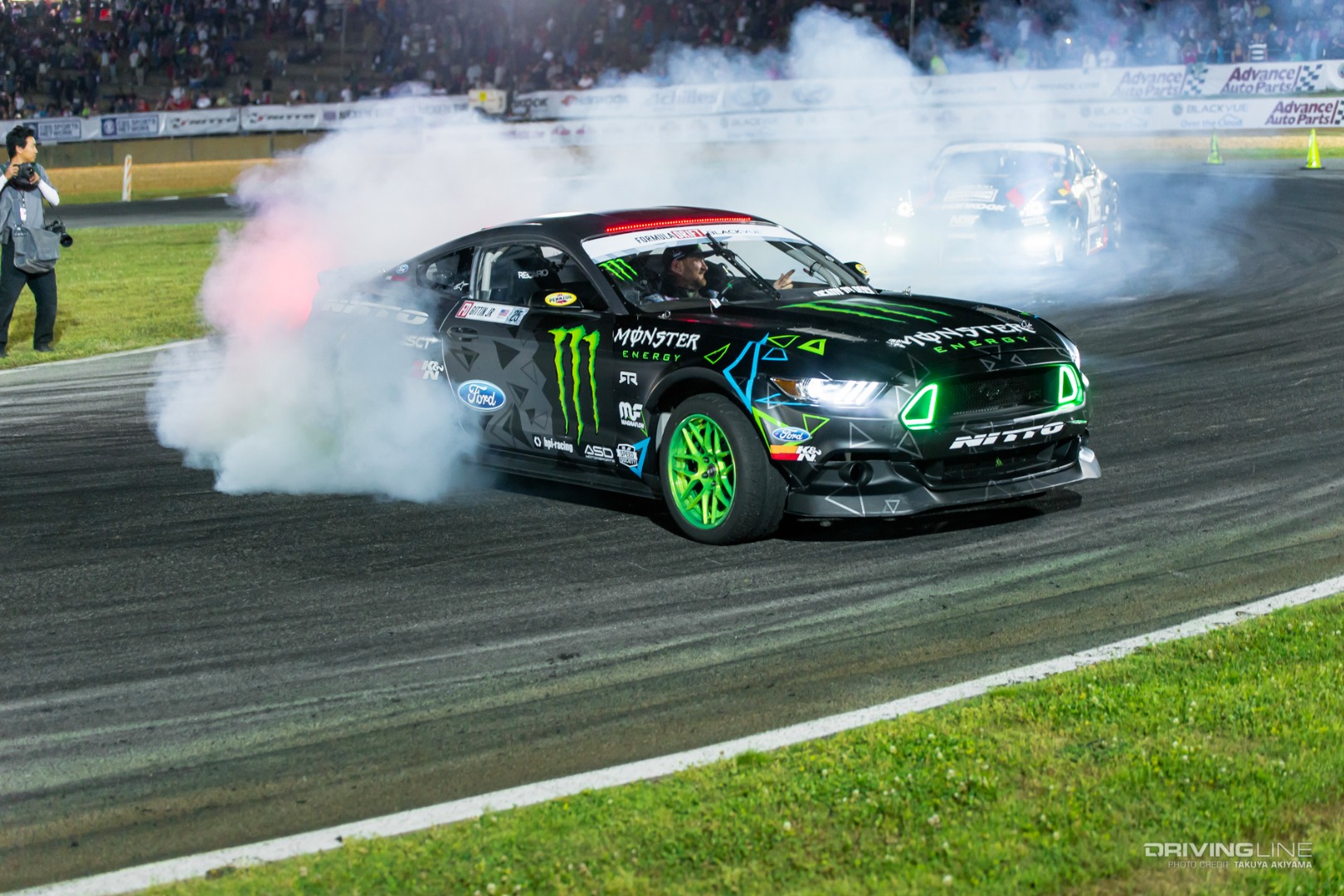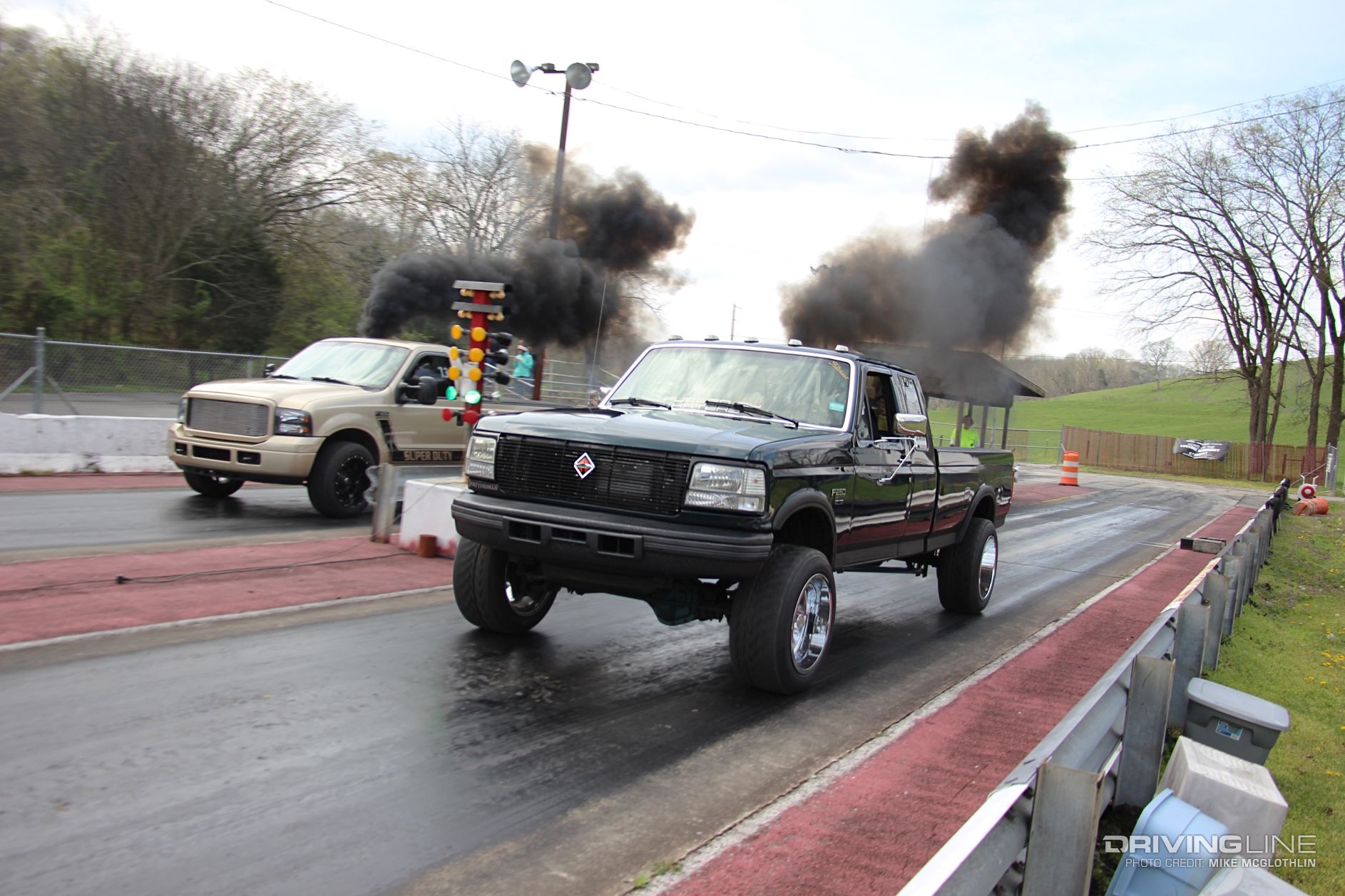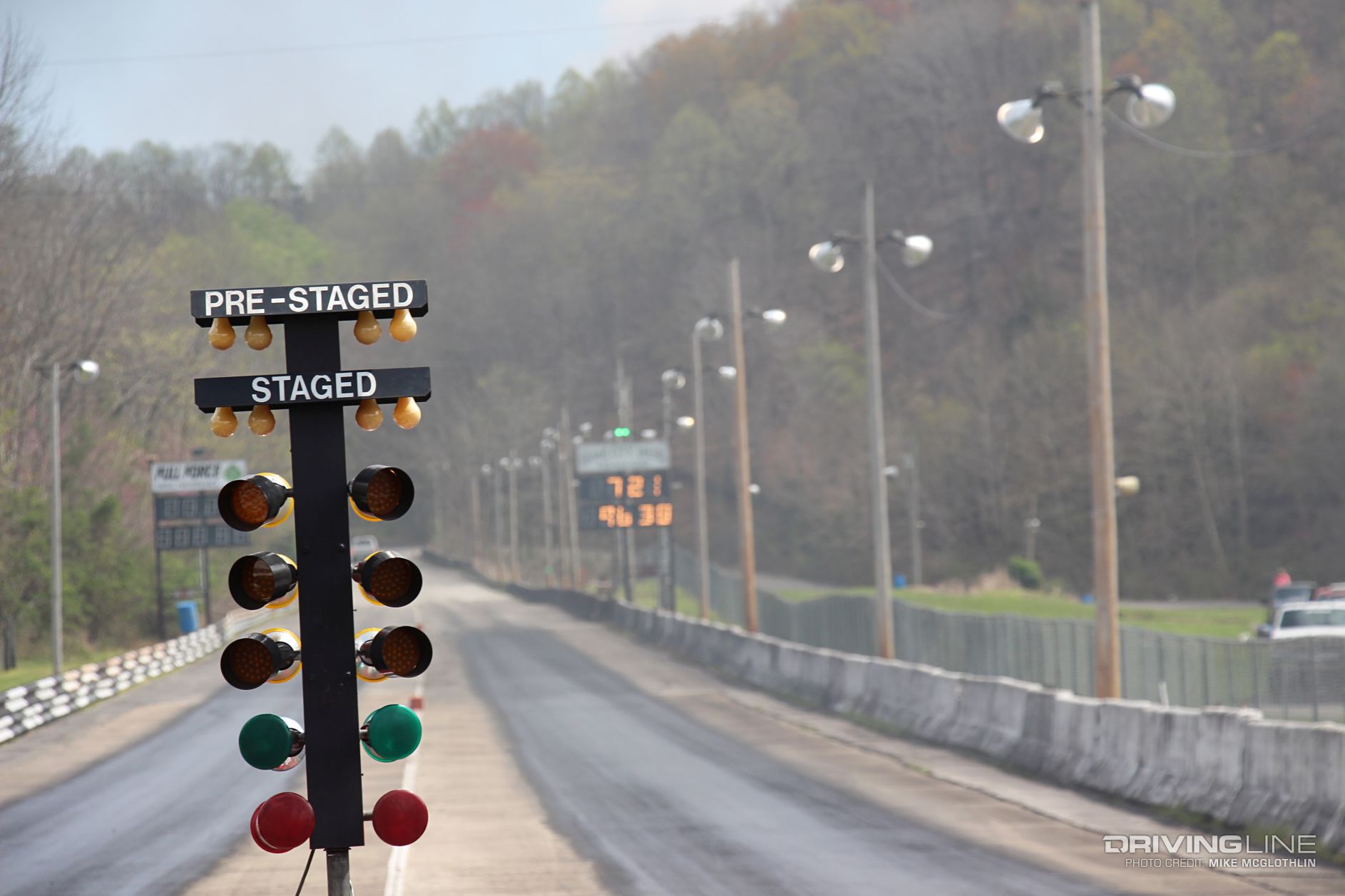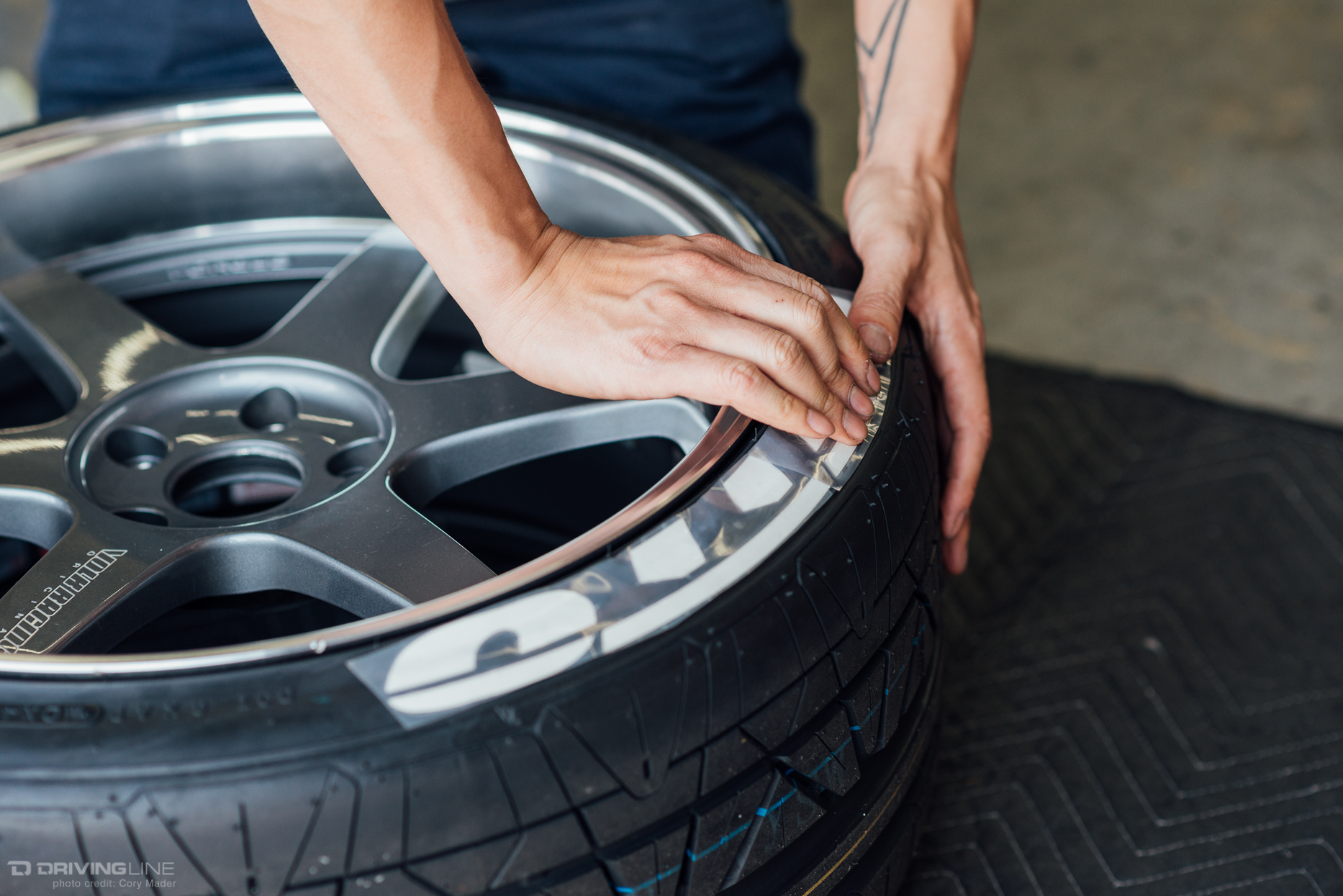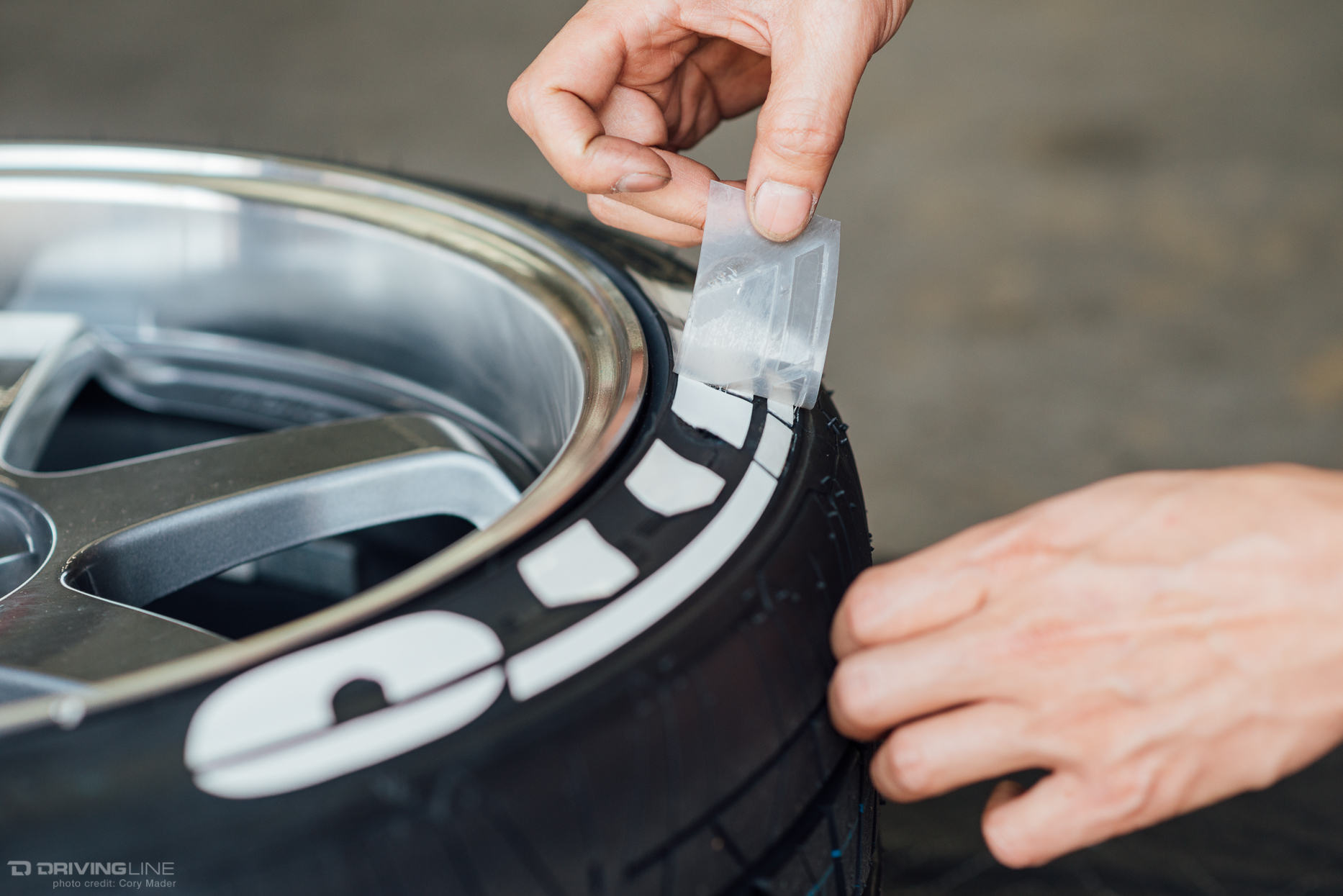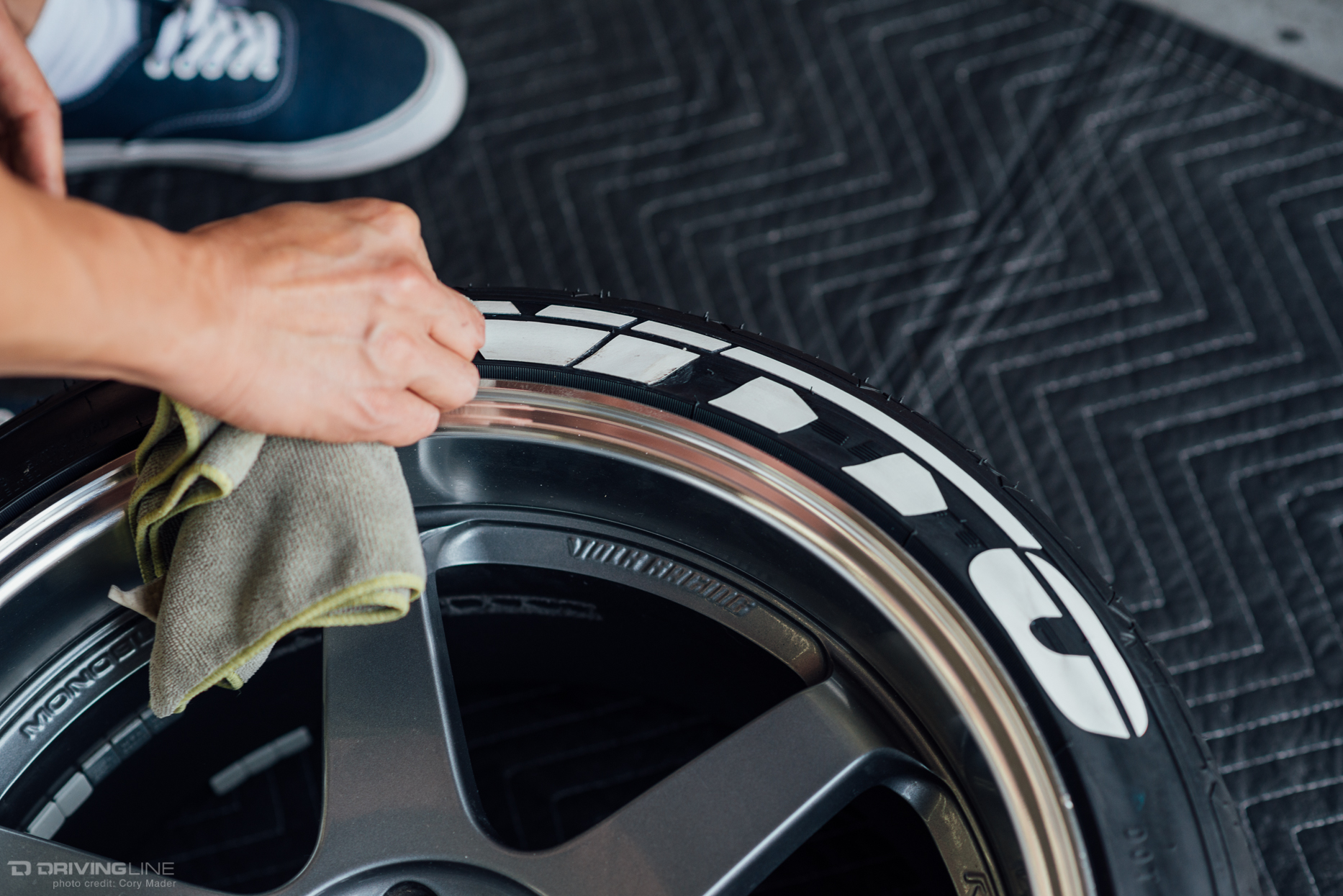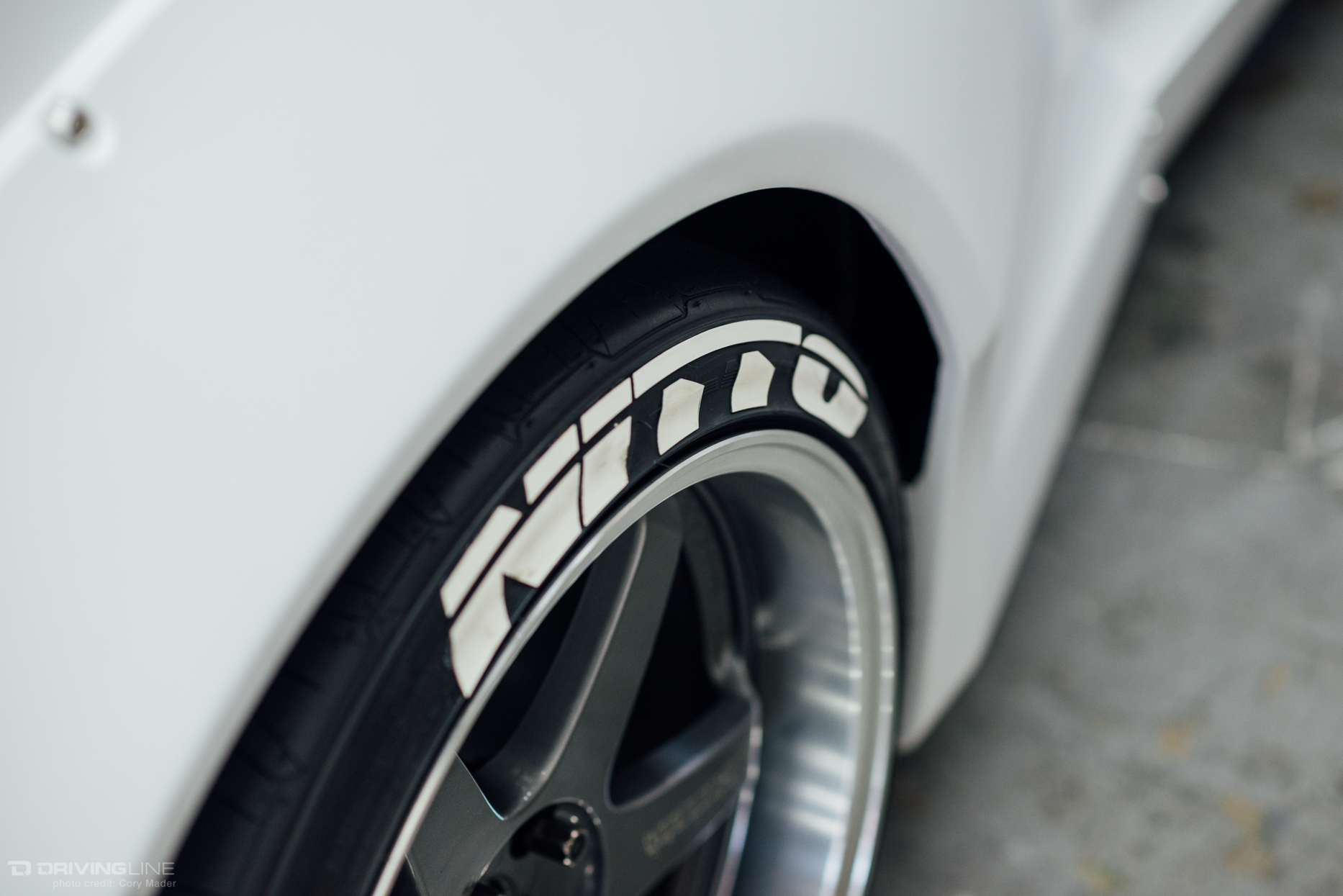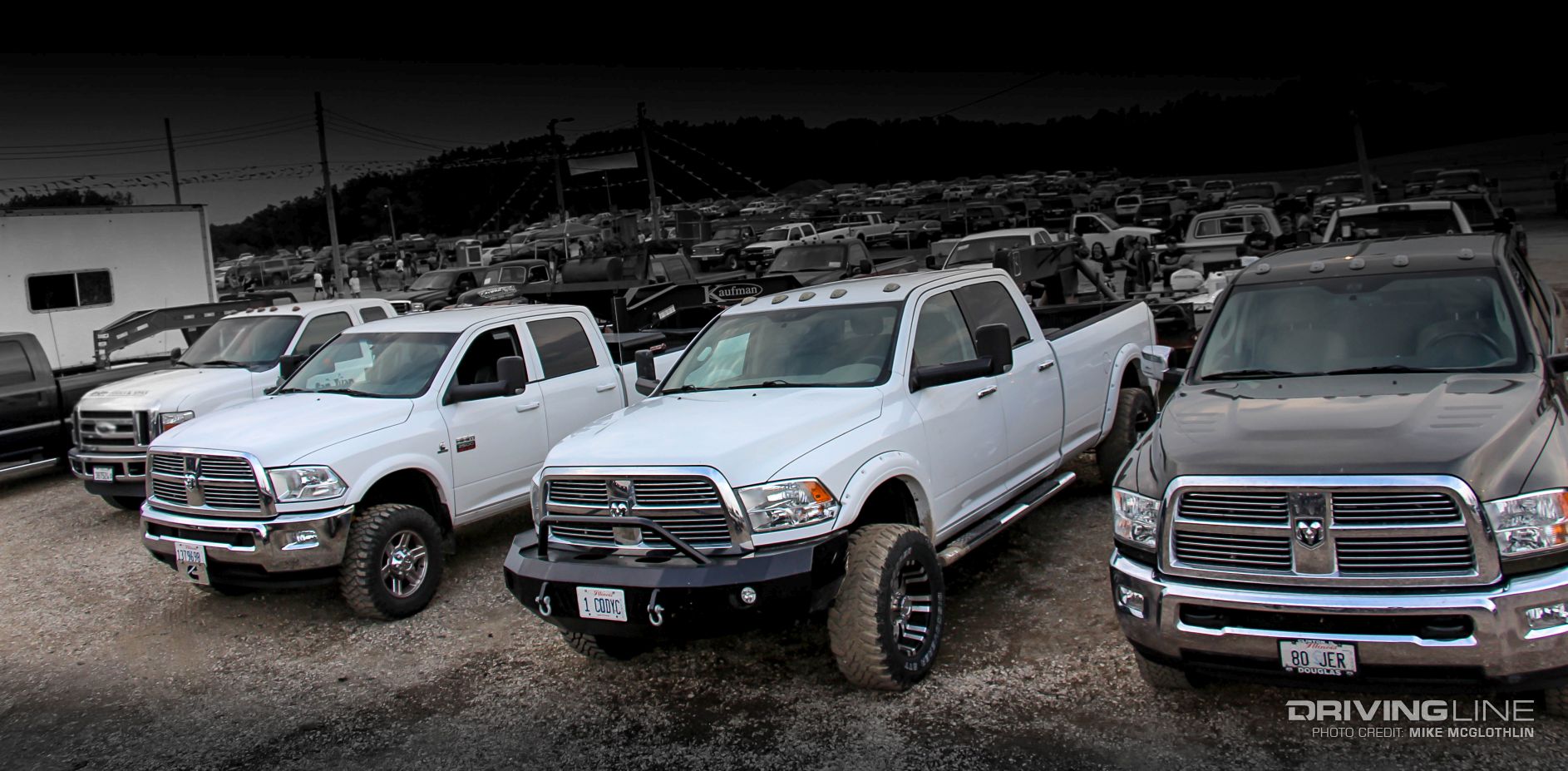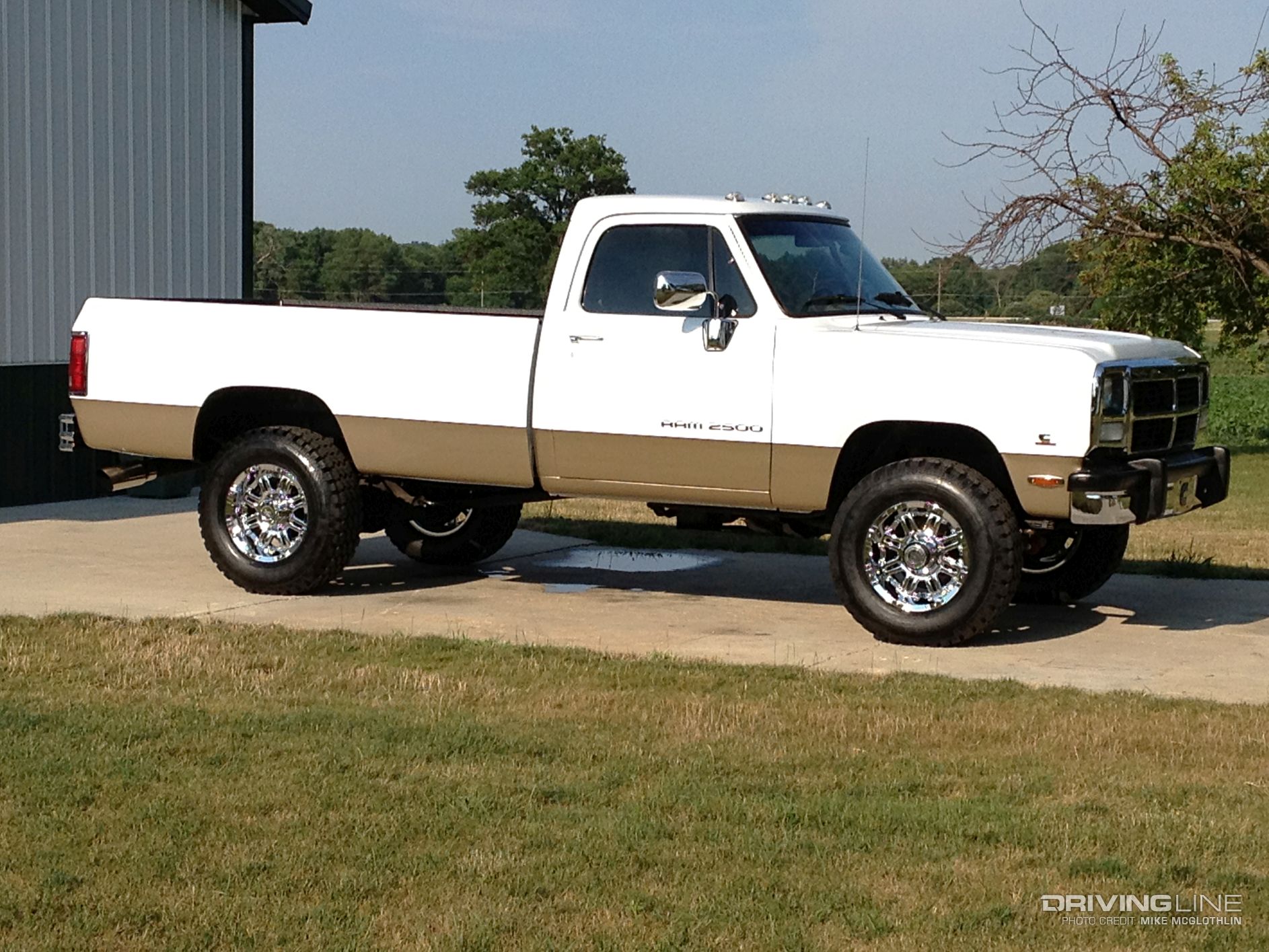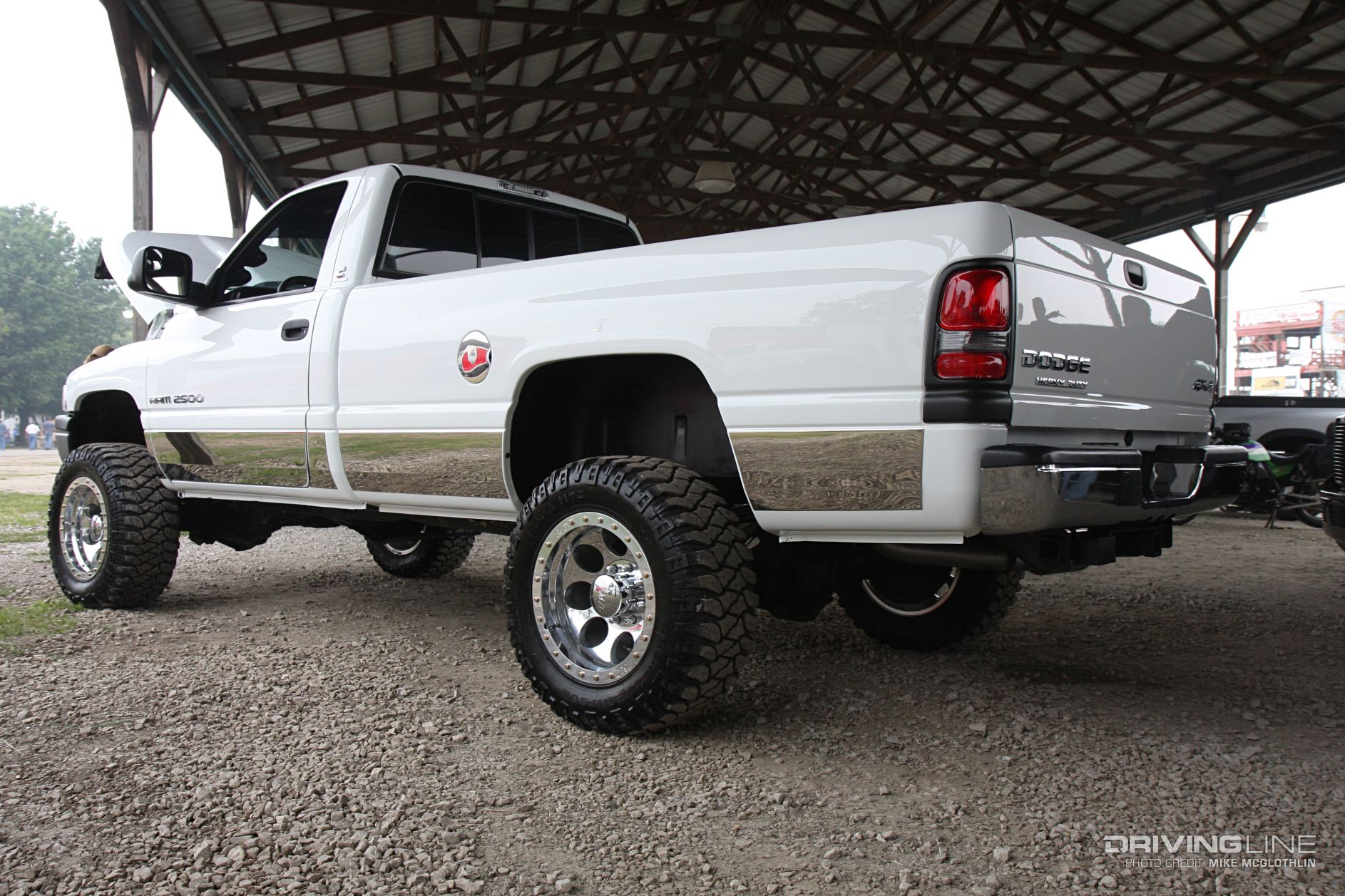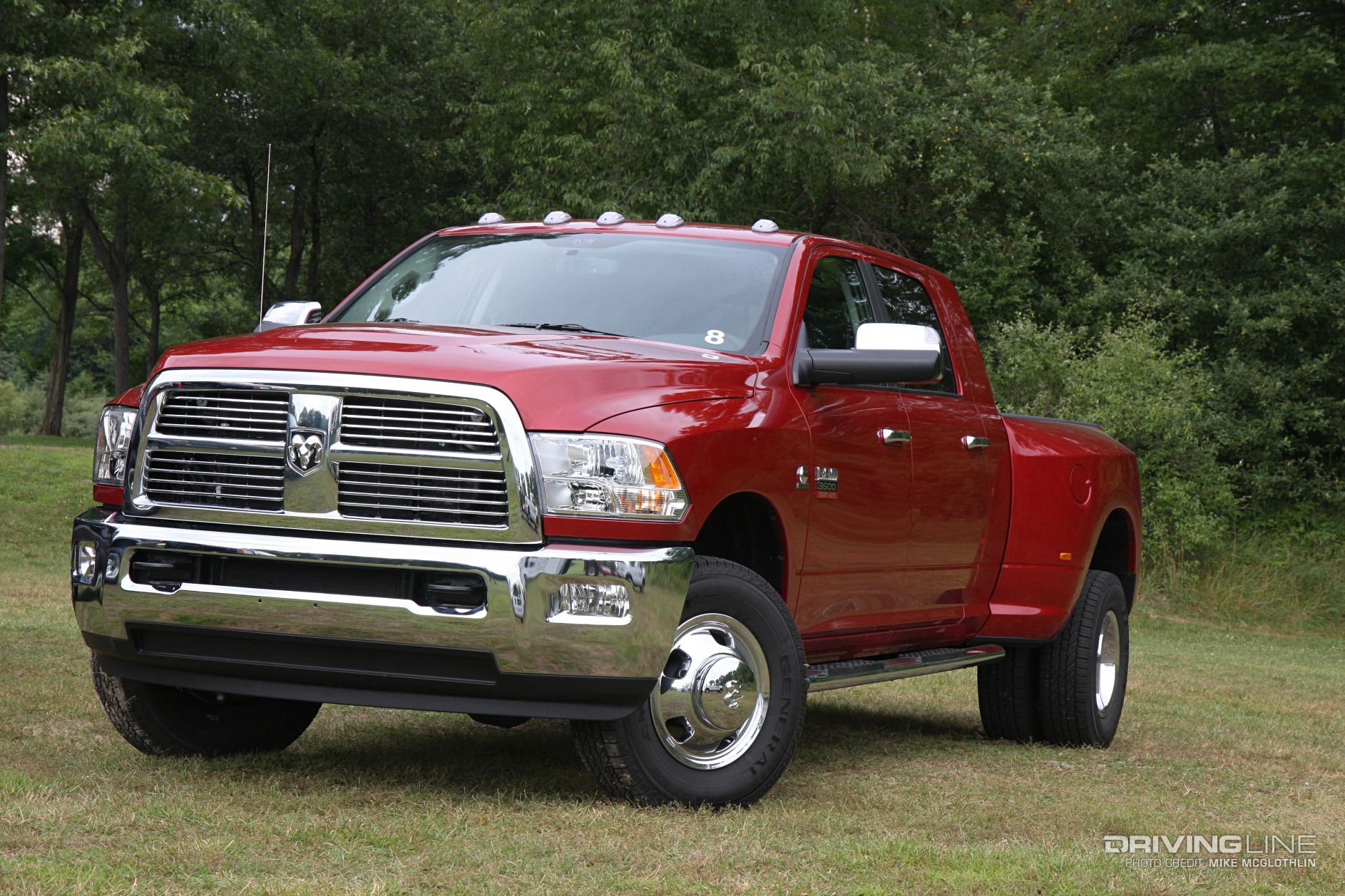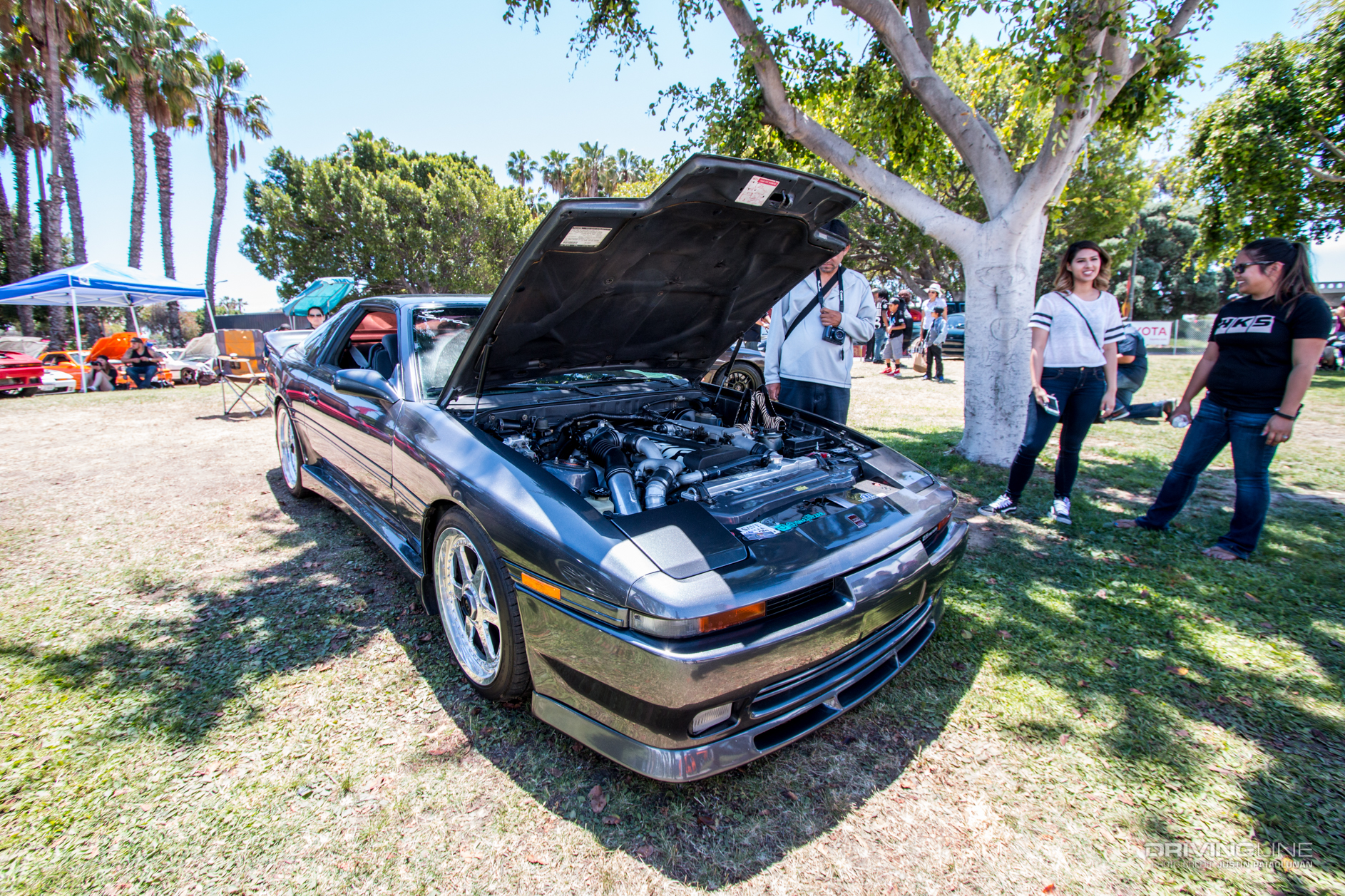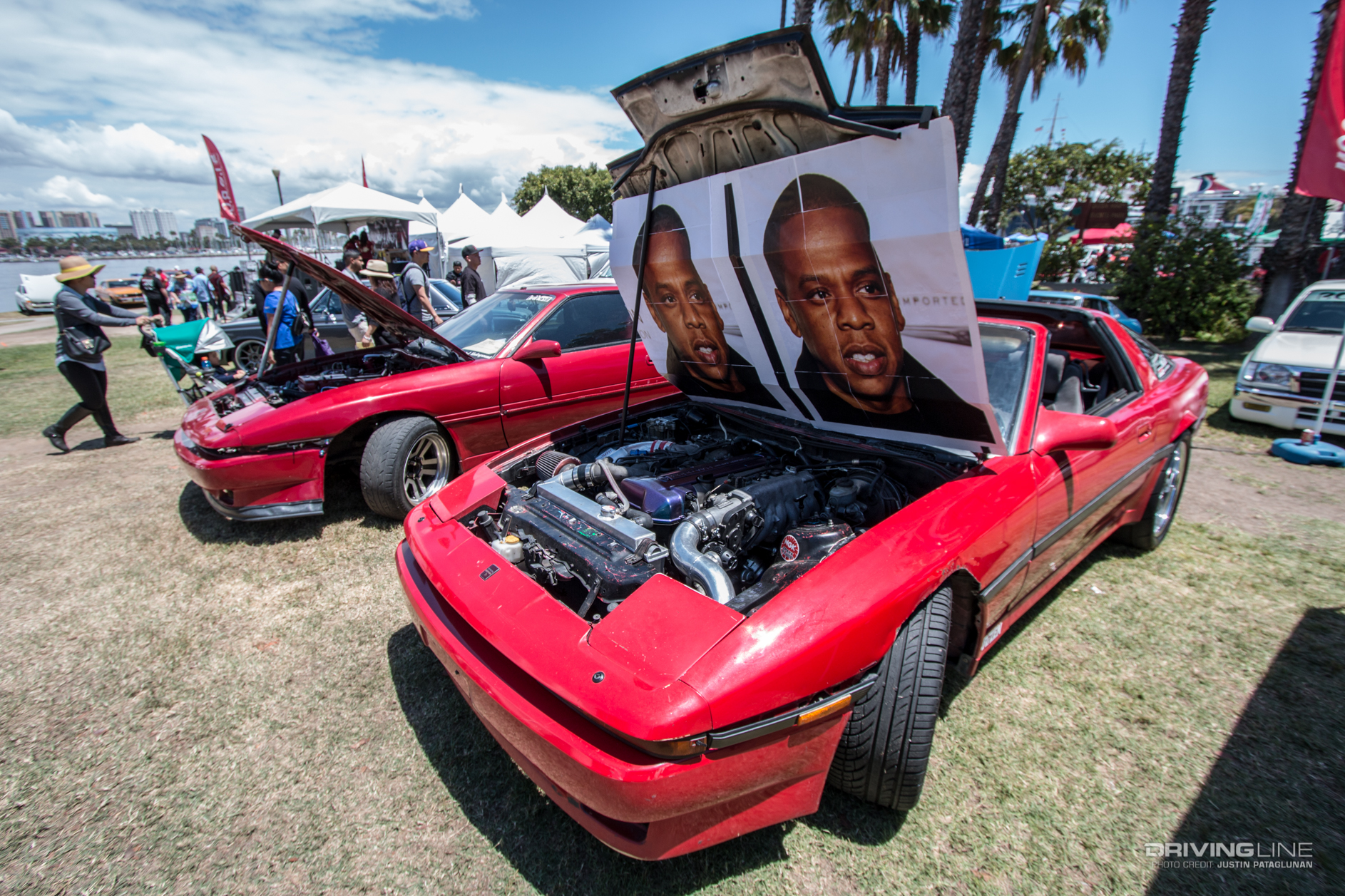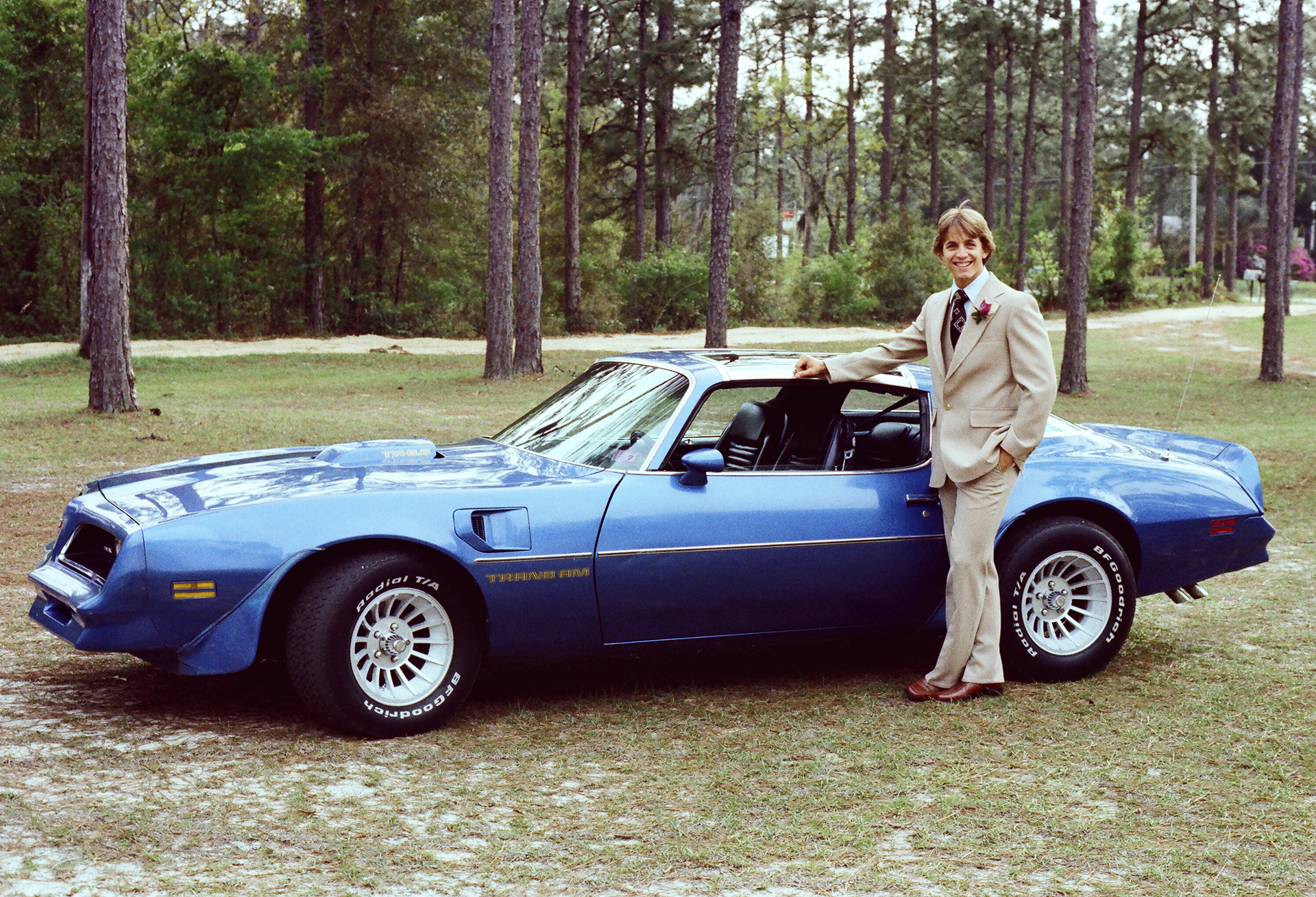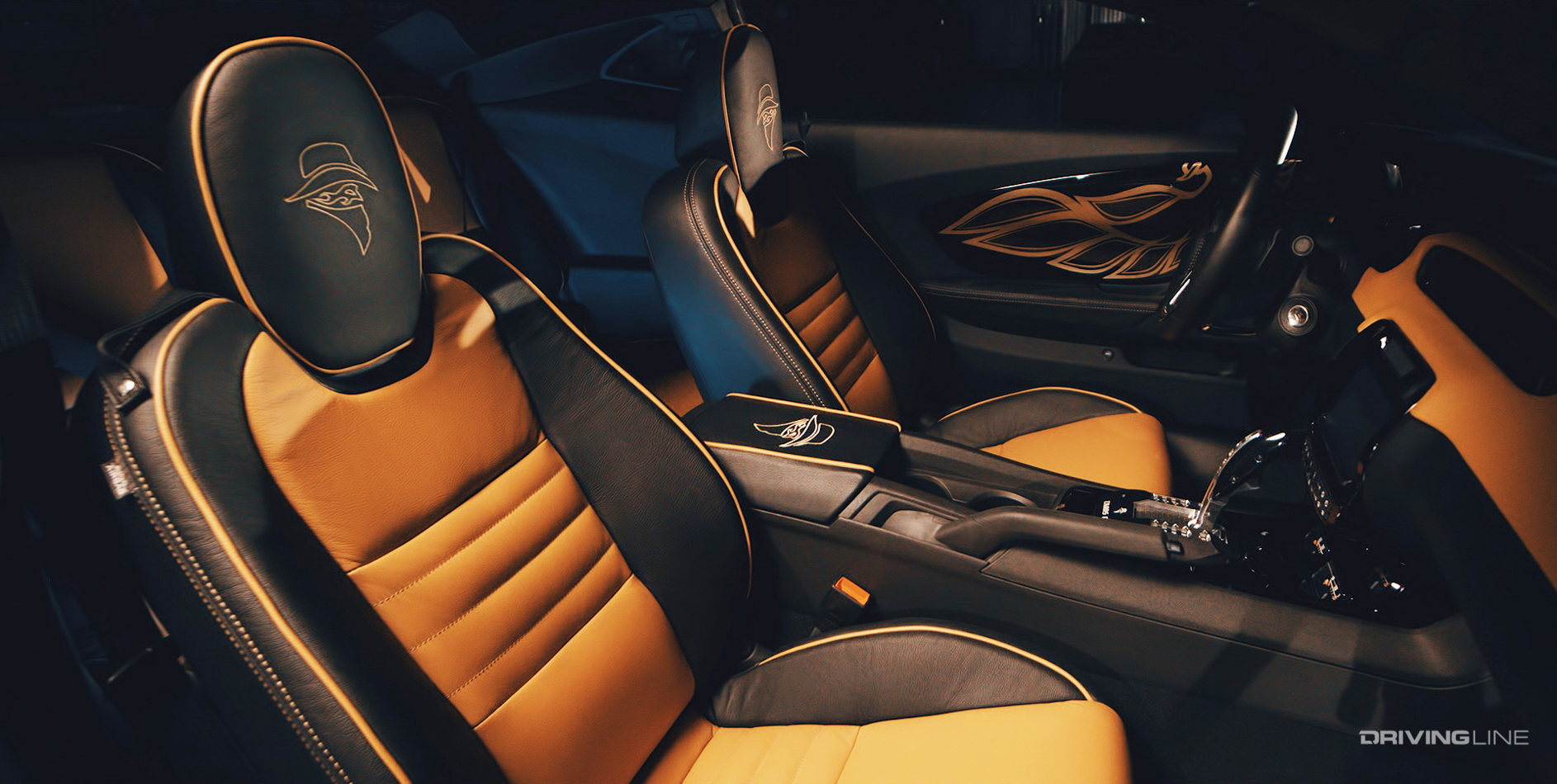![]()
The second round of Formula Drift’s thirteenth season took place this weekend at Road Atlanta, a race track in Braselton, Georgia around an hour outside of Atlanta. Road Atlanta boasts some of the fastest entry speeds on the Formula Drift circuit, with several drivers hitting 110mph speeds prior to initiation into the first corner in practice. After a rain-filled round in Long Beach, the weekend weather forecast was mostly sunny with only a light sprinkle making a brief appearance on Thursday.
Friday qualifying was topped by Nitto Tire driver Vaughn Gittin Jr., whose second qualifying run earned a score of 94 points from the judges. Defending champion Fredric Aasbo earned the second qualifying position with a score of 93, Matt Field earned third qualifying position, Chris Forsberg earned fourth qualifying position and Odi Bakchis earned the fifth qualifying position. Field, Forsberg and Bakchis all had identical qualifying scores of 90, although Field won the tiebreaker by virtue of his second qualifying score being the highest.
The Friday evening schedule was highlighted by the Pro 2 top 16 tandem competition, the first time the Pro 2 class has taken to the asphalt of Atlanta. Jeff Jones took the win, while Marc Landreville and Ryan Litteral rounded out the podium. Jones was the lone driver pulling double duty on the weekend as he also drove in the PRO class.
The PRO class took to the tarmac for a 90 minute practice session prior to Top 32 tandem competition to get re-acquainted with the track. Weather at the time of top 32 was 80 degrees and sunny, making for nearly perfect conditions for the more than 10,000 fans who packed the turn 10 amphitheater.
AIR FORCE TOP 32
![]()
Vaughn Gittin Jr. – Bye Run
With only 31 qualifiers, Vaughn Gittin Jr. will earn a bye run in the first round. It’s a good thing he had a bye run as he dropped two tires off course just in front of the judges stand, but will take his Ford Mustang into the Top 16 round.
Geoff Stoneback vs. Matt Coffman
Stoneback Lead – Good initiation from both drivers, Stoneback opens a good lead heading up the hill and into the horseshoe, but Coffman closes the gap as they round the horseshoe. Stoneback is a little off the inside clip in the middle of the horseshoe, but overall a clean run from both drivers. Not likely a huge advantage for either driver.
Coffman Lead – Coffman has a nice early initiation, Stoneback definitely initiates much closer to Coffman than Coffman was on him on his chase. Coffman shows good angle and line through the horseshoe, but Stoneback maintains good proximity through most of the second half of the course. Two judges vote for Stoneback, one judge wants to see a “One More Time” (OMT) battle but is overruled.
Justin Pawlak vs. Juha Rintanen
Pawlak Lead – Pawlak with a good initiation, Rintanen initiates late to stay close to Pawlak at the first clip but is clearly taking a shallower line. Pawlak opens up a big gap heading up the hill, Rintanen takes an inside line and surges to close the gap just before entering the horseshoe. Pawlak’s car slows substantially at the inside clip in the middle of the horseshoe, Rintanen surges forward and collides with Pawlak. Watching the replay, it looks like Pawlak may have missed a shift. Pawlak re-initiated and finished the course in drift while Rintanen sat in the middle of the horseshoe after the contact. Pawlak is deemed at fault, Rintanen will be allowed to fix any damage without using a competition timeout. Pawlak’s wheel is damaged, which forces him to call his competition timeout.
Rintanen Lead – Rintanen makes the call back to the line, but Pawlak is not able to fix his car within the competition timeout window. Rintanen takes a bye run and earns his pass into the top 16.
Tyler McQuarrie vs. Kristaps Bluss
McQuarrie Lead – Both drivers with a smooth entry, McQuarrie may have dropped a tire briefly at the end of the first turn, but transitions smoothly and carries a two car lead up the hill. McQuarrie has good steering angle heading into the horseshoe, Bluss uses shallower angle to catch up. Bluss is only a car length behind McQuarrie, but spins out coming around the inside clip in the middle of the horseshoe. McQuarrie finishes the run cleanly and will carry an advantage into the second run.
Bluss Lead – Bluss initiates all the way on the rumble strips, McQuarrie enters the horseshoe a car length behind Bluss. Bluss has great smoke and plenty of steering angle through the course, but McQuarrie maintains good proximity through the entire course. Replay shows a small steering correction or two from McQuarrie in chase, but Bluss’ mistakes on the first run was too much to overcome. McQuarrie gets the unanimous win.
![]()
Chris Forsberg vs. Andy Gray
Forsberg Lead – Forsberg has done extremely well in Atlanta over the years, taking wins several times. This lead run shows exactly why he’s been successful, looking almost robotic in his run and hitting almost all clipping points perfectly with plenty of smoke. Gray closes the gap entering the horseshoe, but doesn’t have the same level of grip pulling out of the horseshoe and loses ground on chasing Forsberg. Forsberg finishes the run cleanly, Gray is six or seven car lengths behind Forsberg and will likely be at a major disadvantage for the second run.
Gray Lead – Gray has to remove his front bumper before the run. Gray has big angle on initiation, Forsberg taps the clip at the bottom of the hill. Gray has a good run up the hill and into the horseshoe, Forsberg is only a car length behind Gray. Forsberg stays tight on Gray exiting the horseshoe and heading back towards the start line, Gray spins out around the final turn. Forsberg spins to try and avoid Gray, but looks to have made contact with him. Forsberg earns all three votes from the judges.
Dean Kearney vs. Pat Mordaunt
Kearney Lead – Kearney with a good initiation, Mordaunt keeps it close around the first turn and closes the gap again towards the top of the hill. Kearney has good angle and line through the entire course. No major faults from either driver.
Mordaunt Lead – Mordaunt has an early initiation but taps the first initiation cone. Kearney’s distance from Mordaunt in chase is a bit larger heading up the hill, Mordaunt extends the gap exiting the horseshoe and heading down the hill. Kearney goes wide around the final turn and drops all four tires off the track. All three judges vote for Mordaunt, dropping tires around the final turn likely was the downfall for Kearney.
Odi Bakchis vs. Cameron Moore
Bakchis Lead – Bakchis with a good initiation, Moore is tight on Bakchis shortly after initiation but slides wide and loses several car lengths of proximity. Bakchis has a good line and steering angle through the horseshoe, Moore isn’t able to make up much ground through the course. Bakchis finishes the course strong, Moore will likely be at a disadvantage entering his lead run due to the loss in proximity early that was never made up.
Moore Lead – Moore with a good initiation, Bakchis has a correction heading up the hill. Moore has more angle through almost the entire course, Bakchis with shallow steering angle but great proximity through the course. Moore was off the desired line at the clipping point in the middle of the horseshoe, which allowed Bakchis to close the gap. On replay, Bakchis appears to have dropped a tire transitioning from the first corner heading up the hill, but Moore’s line was off at several moments. All three judges voted for Bakchis.
![]()
Forrest Wang vs. Jhonnattan Castro
Wang Lead – Wang with big steering angle into the first turn, Castro has much shallower angle and takes out the first clipping point. Castro closes the gap heading up the hill and takes the inside line around the horseshoe to keep close proximity to Wang, but takes out the inside clip in the middle of the horseshoe. Wang extends the lead exiting the horseshoe and finishes the course strong, Castro likely is at a disadvantage due to taking out the clipping points in chase.
Castro Lead – Castro looks much smoother on his lead, initiating early and running a much smoother line. Wang is several car lengths behind, but doesn’t close the gap much through the course. Wang gets within about three car lengths mid-horseshoe, but Castro extends the gap to five or six cars by the end of the course. This might be considered an inactive chase in past seasons, but the rules around inactive chase have gotten blurrier this year. Wang earns the winning votes from all three judges.
Fredric Aasbo vs. Jeff Jones
Aasbo Lead – Aasbo isn’t on the line when it’s time for his tandem battle. We see a pit interview with Aasbo who states that they blew a motor earlier in practice, it appears to be a broken main cap. Aasbo has to call his competition timeout to finish the engine swap. Sounds like they are close to finishing it, but we will move on to the next tandem battle for now.
Aasbo made it back to the hot pit with around one minute to spare, and we have a tandem battle! Aasbo has a good entry, but appears to be down a bit on power. Good tire smoke heading up the hill, Jones closes the gap down to around three car lengths entering the horseshoe. Aasbo goes wide on the inner clip mid-horseshoe, Jones closes the gap exiting the horseshoe, and keeps it close towards the end of the run. Looking at replay, Aasbo may have dropped a tire at the top of the horseshoe, and may have also lost drift just before the finish line.
Jones Lead – Aasbo has a debeaded tire when he pulled up to the line. Having already used his competition timeout, he will not be allowed to touch the car to repair the tire issue. Jones has a solo run and will get the win.
Ryan Tuerck vs. Alec Hohnadell
Tuerck Lead – Tuerck has a special livery this weekend for his partnership with Advance Auto Parts. Tuerck has a smooth lead run, with good steering angle and tire smoke everywhere. Hohnadell taps the first clipping point after initiation, and his front bumper rips off during the transition on the next turn. Hohnadell stays on throttle and closes in on Tuerck entering the horseshoe. Hohnadell applies good pressure through the second half of the course, Tuerck keeps good line and angle through the end of the course. Hohnadell is likely at a slight disadvantage after the run, but can definitely make it up on his lead.
Hohnadell Lead – Hohnadell again taps the first clip on entry and has a good line heading up the hill, pushing all the way out to the rumble zone. Tuerck closes the gap a bit entering the horseshoe, Hohnadell pulls away from Tuerck exiting the horseshoe with a huge amount of steering angle. Tuerck can’t make up the gap and loses drift completely right before the finish line. Tuerck had a big fire behind the car and a backfire before losing drift, sounds like there may have been some damage from the diff. Hohnadell gets the win.
Tanner Foust vs. Kyle Mohan
Foust Lead – Foust’s car is likely the heaviest and longest car on grid while Mohan’s is likely the lightest and shortest. Foust tags the first clipping point after initiation, Mohan, is about two car lengths behind him from initiation all the way up the hill. Mohan closes the gap down to a single car length through the horseshoe, Foust pulls away a bit exiting the horseshoe and heading back towards the starting line. Mohan gets a little lost in the smoke and transitions a little early, which puts him on the wrong line around the final turn. Mohan has to get off the throttle and looks to have lost drift just before the finish line.
Mohan Lead – Mohan with a good early initiation and has a good run up the hill. Foust’s big family car closes the gap heading up the hill but with shallow angle. Mohan has a much better line exiting the horseshoe and heading back towards the start line, Foust stays close to Mohan around the final two turns. All three judges vote for Foust to move on. The matchup could have easily gone to a OMT if Mohan hadn’t lost drift on his chase run.
![]()
Chelsea DeNofa vs. Kenneth Moen
DeNofa Lead – DeNofa disclosed overnight that he was having some issues with the car, but wouldn’t discuss details. This is DeNofa’s first tandem battle as the series points leader. DeNofa with a good initiation, Moen may have tapped DeNofa from behind around the first clip. DeNofa opens up a rather large gap heading up the hill, easily around five or six car lengths. Moen is way off line heading up the hill, but closes the gap a bit exiting the horseshoe and heading around the final two corners. Likely an advantage to DeNofa entering the second run.
Moen Lead – Moen didn’t have any tandem battles in his new BMW in Long Beach due to hitting the wall during his parade lap, so this is his first chance to battle in his BMW. Moen’s car has tons of smoke all over the course and appears to be one of the fastest cars on track. Moen opens up a seven to eight car length gap heading up the hill, but drops a tire entering the horseshoe and hits one of the outside clipping zone markers. Moen continues to dump huge smoke through the horseshoe, DeNofa seems unable to make up the gap much and Moen finishes the second half of the course around five car lengths ahead of DeNofa. All three judges vote for a OMT battle.
One More Time
DeNofa Lead – DeNofa with a good initiation and angle into the first corner, Moen tucks in right behind him heading up the hill and keeps the proximity close entering the horseshoe. DeNofa drops a tire in the first outside zone, Moen takes the inside line around the horseshoe while DeNofa has huge amounts of steering angle. DeNofa opens up the gap around three lengths exiting the horseshoe, but Moen closes it back down to a bit over one car length around the final turn to keep the run close. Overall, a great run from Moen, and a few mistakes from DeNofa really allowed Moen to stay close.
Moen Lead – DeNofa initiates late on the entry and is tight on Moen, but loses drift shortly after the first turn. Moen opens up a huge gap heading up the hill, DeNofa is nowhere to be found and appears to have a mechanical issue. Moen drops two tires at the top of the hill rounding the horseshoe, but officials are waiving yellow flags due to DeNofa being in Moen’s line exiting the horseshoe. Moen briefly backs out of the throttle, but maintains drift and finishes the course strong. DeNofa limps back to the start line, but will clearly earn a 0 on this run. Moen moves on, eliminating the current points leader.
Matt Field vs. Faruk Kugay
Field Lead – Field with a manji entry, Kugay initiates late and keeps close proximity to Field. Field pulls away after the first clip and opens the gap up to around six car lengths around almost the entire horseshoe. Kugay takes a shallower line and makes up a bit of the gap, but Field has a very smooth run and Kugay takes out the final clipping point cone due to being too shallow on the final turn. The replay shows that there was contact shortly after initiation, but judges specifically asked drivers to avoid a manji entry. It will be interesting to see how the judges interpret this. Judges deem Kugay at fault which allows Field time to inspect his car for damage.
Clarification comes that due to Field using the manji entry the judges mentioned in the drivers meeting that it would count as a strike and require a restart. That run doesn’t count, so we re-run the first half of the battle.
Field Lead – Field has a much smoother initiation, Kugay tries to initiate late but Field pulls away from Kugay easily. Kugay loses substantial angle heading up the hill and into the horseshoe, Field opens up a gap of around eight car lengths through the horseshoe, and maintains good smoke and angle around the second half of the course. Likely a major advantage to Field after this run.
Kugay Lead – Kugay taps the first clipping point, Field transitions early between the initial turn and ends up ahead of Kugay as they head up the hill. Kugay stays on throttle and tries to stay ahead of Field, but Field doesn’t allow Kugay to take his line entering the horseshoe, which pushes Kugay off course. Both drivers shut it down around the horseshoe, it will be interesting to see how the judges treat this run. There are rules about where a driver can pass, and it doesn’t appear that the part of the track that Field passed Kugay on was one of them. Field also had a flat as he got back to the start line. Two judges vote for Kugay, one judge votes for a OMT. Overall, a sloppy run from both drivers.
Michael Essa vs. Ken Gushi
Essa Lead – Essa initiates with impressive angle into the first corner, that was nearly a perfectly executed backwards entry into the first corner! That entry is the type that gets the fans excited! Gushi is wide around the first clip and wide again entering the horseshoe, which doesn’t help his opportunity to make up ground on Essa. Essa pulls away from Gushi exiting the horseshoe and heading back towards the finish line, with tons of tire smoke and great steering angle.
Gushi Lead – Essa initiates later and keeps great proximity to Gushi around the first turn. Essa has a bit shallower steering angle than judges would like to see heading up the hill, but keeps great proximity. Gushi drops a tire in the first outside zone in the horseshoe, Essa stays close to Gushi around the horseshoe and heading back up the hill. Essa looks fantastic in this chase run, he looks much smoother in this E46 chassis than he did at any point last year in his Camaro chassis. Essa earns all three votes from the judges, and now both the second and third place drivers from Long Beach have been eliminated! This will definitely shake up the points chase.
Dai Yoshihara vs. Pat Goodin
Yoshihara Lead – Good angle from Yoshihara after initiation and around the first turn, Goodin is way off the line but keeps all four tires on the asphalt. Yoshihara opens up a big gap heading up the hill and fills the first outside zone well, Goodin is over ten car lengths behind Yoshihara and shuts it down prior to the finish line which will count as a zero for the run. Yoshihara has a huge advantage entering the second run.
Goodin Lead – Goodin is having major car troubles and calls off his lead run. Yoshihara gets the win.
![]()
"Mad" Mike Whiddett vs. Alex Heilbrunn
Whiddett Lead – An all Nitto Tire battle between the reigning Pro 2 champion and the former New Zealand champion. Whiddett has a good initiation, but takes out the inside clippint point. Whiddett opens up a three car gap or so heading up the hill, Heilbrunn closes down the gap to about a single car through the horseshoe. Whiddett opens it back up again exiting the horseshoe and transitioning to head back to the start line, Heilbrunn strays wide and drops at least one and possibly two tires into the red clay dirt before the finish line.
Heilbrunn Lead – Heilbrunn with big angle in the first corner, Whiddett has a good chase run. Heilbrunn opens up a similar gap to what Whiddett had on his lead, Whiddett takes the inside line around the horseshoe to close the gap and keeps a close two car gap over the second half of the course. Overall, Whiddett definitely had a better gap around the second half of the course, Heilbrunn’s dropped tire (or tires) at the end of his chase may be his fault. Two judges vote for Whiddett, one judge votes for a OMT.
FORD TOP 16
The Top 16 opening ceremonies kicked off with a performance by the US Air Force silent drill team, followed by 16 young men and women taking an oath of enlistment into the Air Force. The US Air Force Color Guard then presented the colors, and a beautiful rendition of the national anthem was sung by a fellow Air Force singer. Each driver was introduced, then a round of burnouts and donuts was performed as the drivers headed back to the hot pits to stage for the top 16 battles.
Vaughn Gittin Jr. vs. Geoff Stoneback
Gittin Jr. Lead – Great angle from Gittin Jr. on initiation, he definitely has a great line through the first turn. Stoneback isn’t far behind, but clearly not the same level of steering angle. Stoneback had a good line, cutting to the inside line through the horseshoe to narrow the gap a bit between the cars, but Gittin Jr. increased the gap as they pulled out of the horseshoe and headed back down the hill. Overall, a great lead run from Gittin Jr., no major mistakes from Stoneback but also not the best proximity.
Stoneback Lead – Stoneback nudges the front clip after initiation, Gittin Jr. is only two car lengths behind heading up the hill. Gittin Jr. remains around two car lengths behind Stoneback through most of the course, again no major mistakes from either driver but clearly better proximity and at times better steering angle from Gittin Jr. Stoneback briefly opened up the gap exiting the horseshoe, but only by a car length or two. Crowd chants for “one more time." One judge agrees, but two others vote for Gittin Jr.
![]()
McQuarrie vs. Rintanen
McQuarrie Lead – McQuarrie with an impressive early and angle-filled initiation, Rintanen looks shakey behind McQuarrie and has to re-initiate. Rintanen gets aggressive coming up the hill and closes in very tight on McQuarrie through the horseshoe. McQuarrie pulls away from the middle of the horseshoe through the second half of the course, finishing with around a six car gap back to Rintanen. Likely a big lead to McQuarrie.
Rintanen Lead – Both cars initiate at almost the same time, and transition through the first corner almost identically. Rintanen extends his lead heading up the hill with tons of steering angle, but McQuarrie closes the gap by taking the inside line entering the horseshoe. Rintanen is pushing his car from lock to lock better through the transitions, but loses angle exiting the horseshoe and coasts through the final two corners instead of drifting. A big mistake by Rintanen, all three judges give McQuarrie the win.
Forsberg vs. Mordaunt
Forsberg Lead – As soon as Forsberg flicks his car sideways, Mordaunt is right on his door! Less than a car length between both cars through the first two corners, Mordaunt gives Forsberg barely enough room to transition, then dives right back in on Forsberg! Mordaunt has a steering correction near the top of the hill, but has fantastic proximity through the entire course! Great chase run from Mordaunt.
Mordaunt Lead – Good entry from both drivers, Mordaunt enters around three car lengths ahead of Forsberg but Forsberg is only a car length behind Mordaunt by the top of the hill. Mordaunt again had a small steering correction midway up the hill, but Forsberg had fairly shallow steering angle to close the proximity gap. Forsberg maintains good proximity through the horseshoe, transitioning at almost the exact same time as Mordaunt exiting the horseshoe and sticking close to Mordaunt through the final half of the track. All three judges vote for a OMT battle.
![]()
One More Time
Forsberg Lead – Mordaunt with bigger angle on initiation, but that throws him off the line for the transition to head up the hill and Mordaunt drops a tire. Forsberg has a good line and plenty of tire smoke heading up the hill, Mordaunt cuts the transition to the horseshoe a bit early to close the gap between the cars down to a single car length and maintains that tight proximity through most of the horseshoe. Forsberg opens the gap up slightly exiting the horseshoe and through the final two turns, overall a good run from both drivers but likely a slight advantage to Forsberg.
Mordaunt Lead – Mordaunt takes out the inner clip on the first corner and opens up a nice three car gap by the top of the hill. Mordaunt over-rotates as he nears the inner clip in the middle of the horseshoe, Forsberg is able to avoid contact behind him. All three judges vote for Forsberg, overall a good set of runs for Mordaunt before the spin.
Bakchis vs. Wang
Bakchis Lead – With good initiation, Bakchis opens up a gap with tons of tire smoke as he heads up the hill, Wang narrows the gap as they move through the horseshoe. No major mistakes from either driver, Wang was around three car lengths behind Bakchis for the majority of the track. We’ve seen closer battles today, but no noticeable mistakes from either driver.
Wang Lead – Wang left the start line early, so we have a restart. Wang with big angle through the first corner, Bakchis takes an inside line through the transition on the bottom of the hill to close the gap down to about a single car length. Wang takes the wide line and drops at least one tire but possibly two tires in front of the judges tower. Bakchis gets back on course and dumps big angle through the horseshoe, Bakchis miscalculates his line exiting the horseshoe and possibly dropping a tire as well. All three judges decide in favor of Bakchis, it seems that Wang's tire drop in front of the judges tower may have been two tires off and caused Bakchis’ tire to drop off.
Hohnadell vs. Jones
Hohnadell Lead – A battle of Chevy-powered S14 cars, Hohnadell has a good initiation and much smoother run from start to finish. Jones is about four car lengths behind at the start of the hill, but closes it down to around two car lengths entering the horseshoe. Jones has a few major steering corrections through the horseshoe, Hohnadell has substantially more tire smoke through the entire course. Jones has very shallow angle around the final turn, not sure if he lost drift before the starting line.
Jones Lead – Jones initiates with Hohnadell very close behind him around the first turn, Hohnadell may have made light contact with Jones after the first clip. Jones continues through the course smoothly, Hohnadell again has substantially more angle and tire smoke through most of the course. Hohnadell kept the proximity between the cars much closer in his chase run compared to Jones, all three judges vote for Hohnadell to move on to the top 8.
![]()
Foust vs. Moen
Foust Lead – Foust with a smooth initiation, Moen takes out the first inner clip and shatters the front bumper. Moen loses drift shortly after the contact with the clip, Foust finishes the course smoothly while Moen limps the car back to the start line. It’s possible that Moen could have knocked the intercooler piping loose, which would lead to a major drop in horsepower. Moen calls his competition timeout, Foust will have a major advantage entering the second run.
Moen Lead – Moen has impressive amounts of tire smoke all over the track, really showing what his BMW is capable of. Foust is about three car lengths behind Moen at the bottom of the hill, and Moen extends that lead to around five car lengths by the top of the hill. Both drivers round the horseshoe smoothly and finish the course cleanly, with Moen having a substantial lead across the finish line. This might have been called an inactive chase in previous seasons, but seems to be active enough to earn the win for Foust. All three judges vote for Foust. This could have been an intense battle had Moen not lost boost around that first corner of his chase run! Watch for Moen to make waves through the rest of the season.
Essa vs. Kugay
Essa Lead – Essa looks very comfortable in this E46 chassis. Essa has a clean run with tons of tire smoke, Kugay slides into the pea gravel at the bottom of the hill after initiation and gets a zero. Essa finishes the course cleanly, Kugay drives out of the gravel and will be at a major disadvantage entering the second run.
Kugay Lead – Kugay initiates cleanly on his lead, Essa is about two car lengths back at the start of the hill and reduces the gap down to a single car length by the end of the hill. Kugay has a good run in the lead, but Essa’s chase is one of the better ones we’ve seen today. With no major mistakes, Essa will easily move on to the top 8.
![]()
Yoshihara vs Whiddett
Yoshihara Lead – Yoshihara with a smooth initiation, Whiddett gets aggressive after the first corner and closes the gap on Yoshihara quickly. Whiddett is only inches from Yoshihara through most of the horseshoe, Yoshihara took out the outside clipping zone cones but keeps both tires on the pavement through the run.
Whiddett Lead – Both drivers with shaky initiations, Yoshihara isn’t as close to Whiddett heading up the hill or through the horseshoe, but seems to be smoother and with fewer steering corrections. Both drivers mirror each other well through the second half of the course, this could easily go OMT. One judge votes for Yoshihara, but two judges agree with the crowd and send the drivers to a OMT.
One More Time
Yoshihara Lead – Yoshihara’s car looks much smoother than in previous rounds, his entries and transitions look like he isn’t fighting the car. Whiddett is also very comfortable in his car, and has proven the tandem capabilities of the short wheelbase chassis. Yoshihara has great steering angle, Whiddett’s car has much twitchier steering and Whiddett is fighting to keep the car sideways up the hill. Whiddett has great proximity to Yoshihara, but isn’t very smooth. Yoshihara paints his tire along the rear clipping zone at the top of the horseshoe in front of the judges, Whiddett has much more tire smoke in the first half of the course but Yoshihara dumps out tire smoke exiting the horseshoe. Yoshihara opens up the gap to around three car lengths as they finish the last two corners.
Whiddett Lead – Yoshihara’s car looks to be twice the size of Whiddett’s when he chases! Yoshihara closes the gap on Whiddett much earlier than Whiddett did, and with much more steering angle. Whiddett taps the inner clip in the middle of the horseshoe, Yoshihara stays close through the entire horseshoe and the entire second half of the course. Whiddett’s runs were good, but not as clean as Yoshihara’s. Yoshihara gets the unanimous decision.
NITTO TIRE GREAT 8
Gittin Jr. vs. McQuarrie
Gittin Jr. Lead – Gittin Jr. has a great lead run, looking almost identical to his top qualifying run with tons of tire smoke. McQuarrie transitions quickly through the first turn and drops a tire around the second turn, but otherwise recovers well and puts a good chase run on Gittin Jr.
McQuarrie Lead – Good lead run from McQuarrie, much smoother than his chase run. Gittin Jr. closes the gap down to a single car length through the horseshoe and stays tight exiting the horseshoe. Gittin Jr. gets the win, guaranteeing himself a spot on the podium by virtue of being the top qualifier.
![]()
Forsberg vs. Bakchis
Forsberg Lead – Both of these drivers stood on the podium in Atlanta last year, but only one driver will have that opportunity this year. Forsberg initiates very early and right on the rumble strip, Bakchis is right behind him with impressive amounts of angle. Forsberg keeps around a three car gap heading up the hill, Bakchis stays on the throttle longer to suck in close to Forsberg as they enter the horseshoe. Forsberg fills the outside zone, Bakchis has good proximity but is shallower on his line. Bakchis with a wide line exiting the horseshoe, Forsberg was on a much better line through the second half of the course even though Bakchis had more impressive steering angle. Bakchis takes out the final inside clip, likely a small advantage to Forsberg.
Bakchis Lead – Bakchis left-foot brakes shortly after initiation, Forsberg nudges the inside clip at the bottom of the hill, but stays close to Bakchis heading up the hill and entering the horseshoe. Bakchis takes out the inside clip in the middle of the horseshoe, Forsberg keeps very close proximity to Bakchis around the entire horseshoe and keeps a good line around the final two turns. Forsberg was definitely more consistent through both runs, judges agree and give him the win.
![]()
Foust vs. Hohnadell
Foust Lead – Foust initiates with Hohnadell close behind him, Hohnadell stays tight on him all the way up the hill and into the horseshoe. Both drivers fill the outside zone in front of the judges nicely, Hohnadell mirrors Foust’s transitions almost perfectly and never falls more than a car length or two behind Foust. Both drivers had a clean run, but Hohnadell’s proximity while in chase is impressive.
Hohnadell Lead – Hohnadell left-foot brakes shortly after initiation to set his angle, Foust has a smoother initiation. Hohnadell takes out the first clipping point at the bottom of the hill, Foust drops a tire transitioning before heading up the hill. Hohnadell extends his lead to almost four car lengths by the top of the hill, then pours on some massive steering angle and tire smoke as they move into the horseshoe. Foust takes the inside line into the horseshoe and dives in hard on Hohnadell’s door, Hohnadell takes out the inside clip in the middle of the horseshoe, both drivers dump huge angle and tire smoke exiting the horseshoe and mirror each other’s transitions through the final two corners. Hohnadell drops his bumper off at the clipping point at the bottom of the hill, Foust stays tight on Hohnadell. Tough to claim an advantage from either driver, overall a great set of runs! Two judges vote for Hohnadell to move on, one judge wants to see them go OMT. Majority rules, Hohnadell will make an appearance in the Final 4.
Yoshihara vs. Essa
Yoshihara Lead – Both of these cars have similar colorways, and both drivers are looking to get back to their previous championship form. Essa with a correction after the first corner and again at the top of the hill, Yoshihara is smooth through the entire course with plenty of smoke. Yoshihara had a three car gap after initiation that extended to around five cars by the horseshoe, Essa was never able to make up much ground on that gap.
Essa Lead - Essa with big angle into the first corner, Yoshihara’s car is noticeably slower to get sideways on initiation. Essa opens up the gap heading up the hill, Yoshihara briefly closes the gap near the entry to the horseshoe but Essa increases the gap again through the horseshoe and transitioning back down the hill. Yoshihara gets the win.
BLACKVUE FINAL 4
Vaughn Gittin Jr. vs. Chris Forsberg
Gittin Jr. Lead – At this point, any little mistake could cost these drivers the win. Gittin Jr. has another strong initiation but taps the inner clipping point sign on the first turn, Forsberg stays close to Gittin Jr. through the course and is only a car length behind Gittin Jr. through the entire horseshoe. Both drivers fill the outside zone of the horseshoe nicely, transition smoothly and finish the course cleanly.
Forsberg Lead – Forsberg takes out the same first clipping point shortly after initiation, Gittin Jr. is tight in chase. Forsberg has more angle coming up the hill and pulls a bit of a gap, Gittin Jr. closes the gap down a bit through the horseshoe. Forsberg opens up the gap again exiting the horseshoe, but it shrinks a bit around the final two corners. It’s tough to see how the judges could pick a winner as both runs looked nearly identical. All three judges vote for Gittin Jr.
The runs looked nearly identical, a “one more time” seems easily justified. A side-by-side replay showed that Gittin Jr. had a slightly better outside line around the horseshoe while leading, perhaps that’s what the judges saw to give him the win. Otherwise, both runs looked fantastic! The good news for Forsberg is that he qualified higher than both Hohnadell and Yoshihara, which means Forsberg is guaranteed third place.
![]()
Yoshihara vs Hohnadell
Yoshihara Lead – Yoshihara is looking for his first podium in more than two years, Hohnadell looking for his second career podium to follow his first podium at Seattle last season. Yoshihara has a smooth initiation, although not nearly as much angle as either Gittin Jr. or Forsberg. Hohnadell has around a three car gap up most of the hill, but cuts the entry to the horseshoe and quickly closes it down to a single car gap. Hohnadell stays very tight through the horseshoe, Yoshihara pulls away by a car or two exiting the horseshoe then extends the gap by another car or two around the final two turns, finishing around four car lengths ahead of Hohnadell.
Hohnadell Lead – Hohnadell with a good initiation, Yoshihara is slower to get sideways again but has a good line through the first two corners. Hohnadell has some steering corrections coming up the hill, but has tons of angle and smoke exiting the horseshoe and finishing the final two turns of the course. Yoshihara has very shallow angle around the final two turns, but judges likely can’t see it due to Hohnadell’s smokescreen. Looking at the replay, Hohnadell took out the inner clipping point in the middle of the horseshoe. Hohnadell had moments of brilliance, while Yoshihara had less exciting but overall a smoother pair of runs. Two judges vote for Yoshihara, one votes for a OMT. Yoshihara is heading to the final round, his first podium since winning Long Beach in 2013.
BLACKVUE FINAL BATTLE
![]()
Gittin Jr. vs Yoshihara
Two former champions coming out of challenging seasons, both Gittin Jr. and Yoshihara are looking to take their driver-owned teams to the podium. For Yoshihara, the podium is his first since taking over ownership duties, while Gittin Jr. has been vacant from the podium since Miami 2015. Yoshihara has eight career event wins entering this final, while Gittin Jr. has seven. The podium will be Yoshihara’s 23rd of his career, while Gittin Jr. has earned his 20th career podium.
Gittin Jr. Lead – Yoshihara goes hot into the first corner and drops a tire on the far end of the infield. Gittin Jr. has a smooth initiation and pulls a large gap after the first two corners, and Yoshihara really doesn’t make up much ground through the rest of the course. Gittin Jr. puts the car on the right line through the entire course, Yoshihara has a good line and smoke but lacks the speed and grip that Gittin Jr. has dialed into his Ford Mustang.
Yoshihara Lead – Gittin Jr. closes the gap down to just two car lengths entering the horseshoe, Yoshihara has a good line but can’t pull away from Gittin Jr. Gittin Jr. gets the win!
(Video: Network A)
This is Vaughn Gittin Jr’s third straight win at Road Atlanta, also his eighth career win, tying Forsberg and Yoshihara for most by an active driver and second behind Sam Hubinette’s nine career wins for the all-time lead. The podium is Yoshihara’s 23rd of his career and Forsberg’s 28th of his career. Considering this was the 82nd Formula Drift event ever, Forsberg averages a podium every three events. Gittin Jr. now carries a 36 point lead in the championship into next month’s event in Orlando.
![]()
![]()
(Photos: Luke Munnell, Takuya Akiyama)







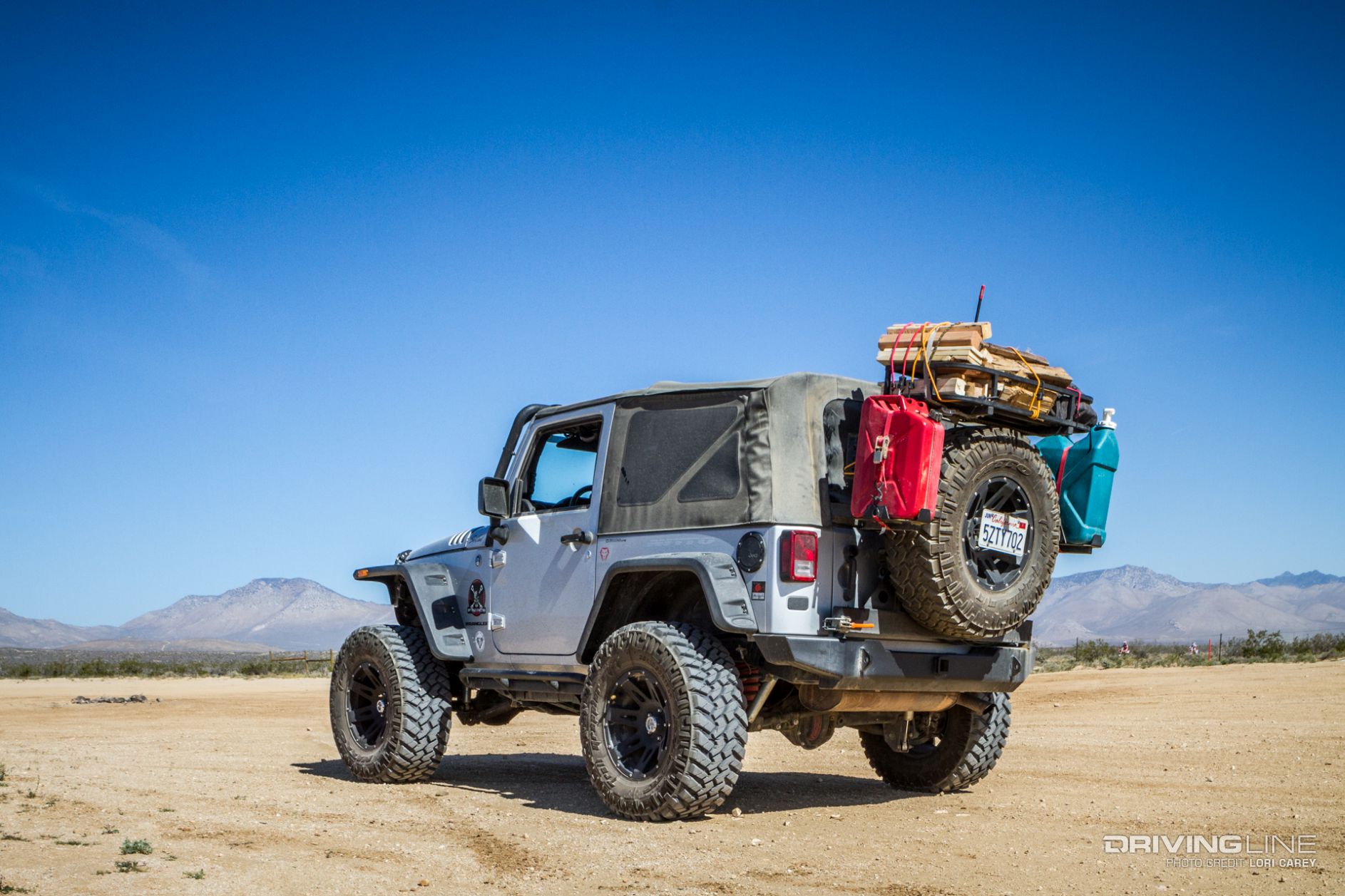






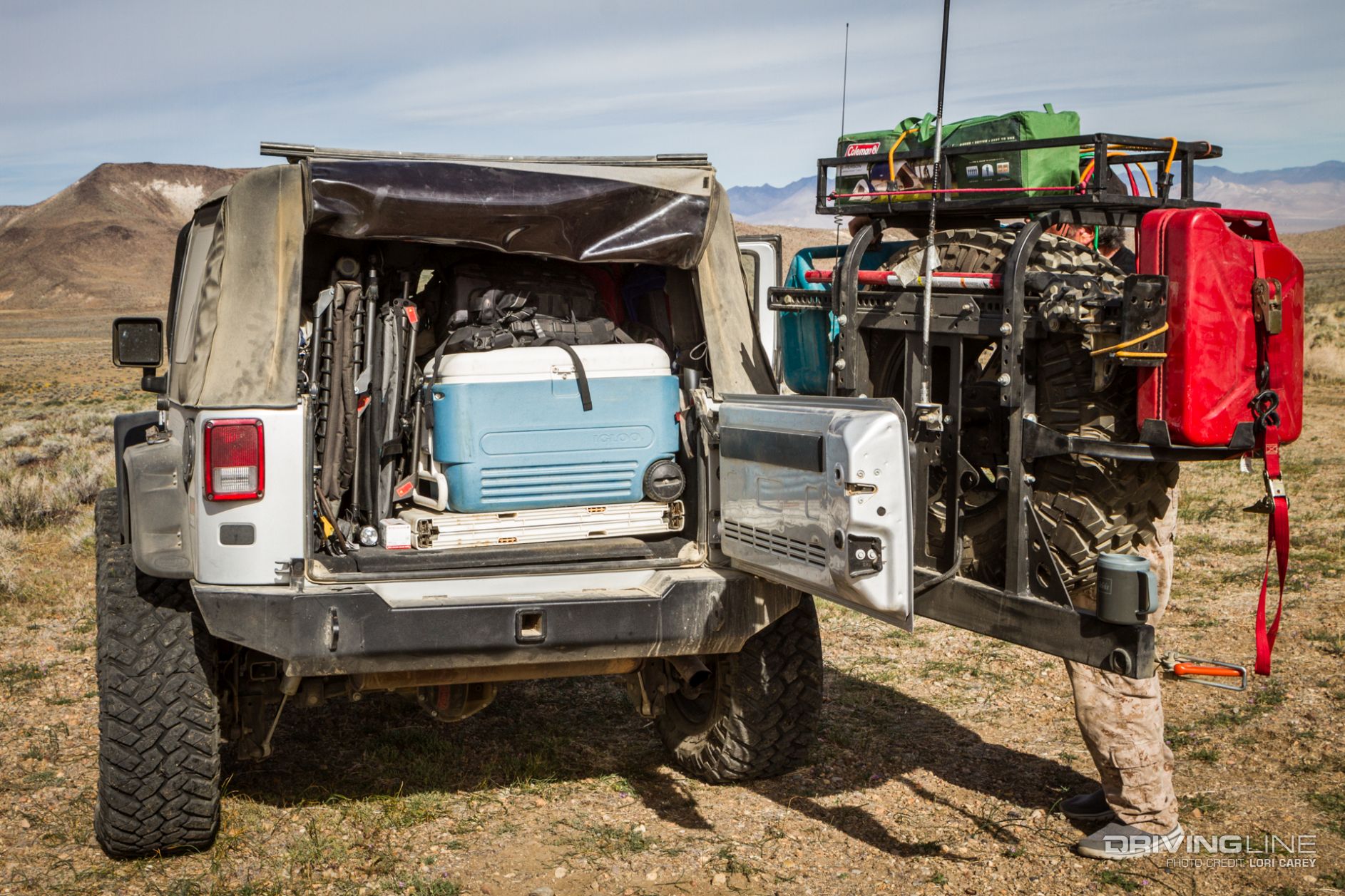
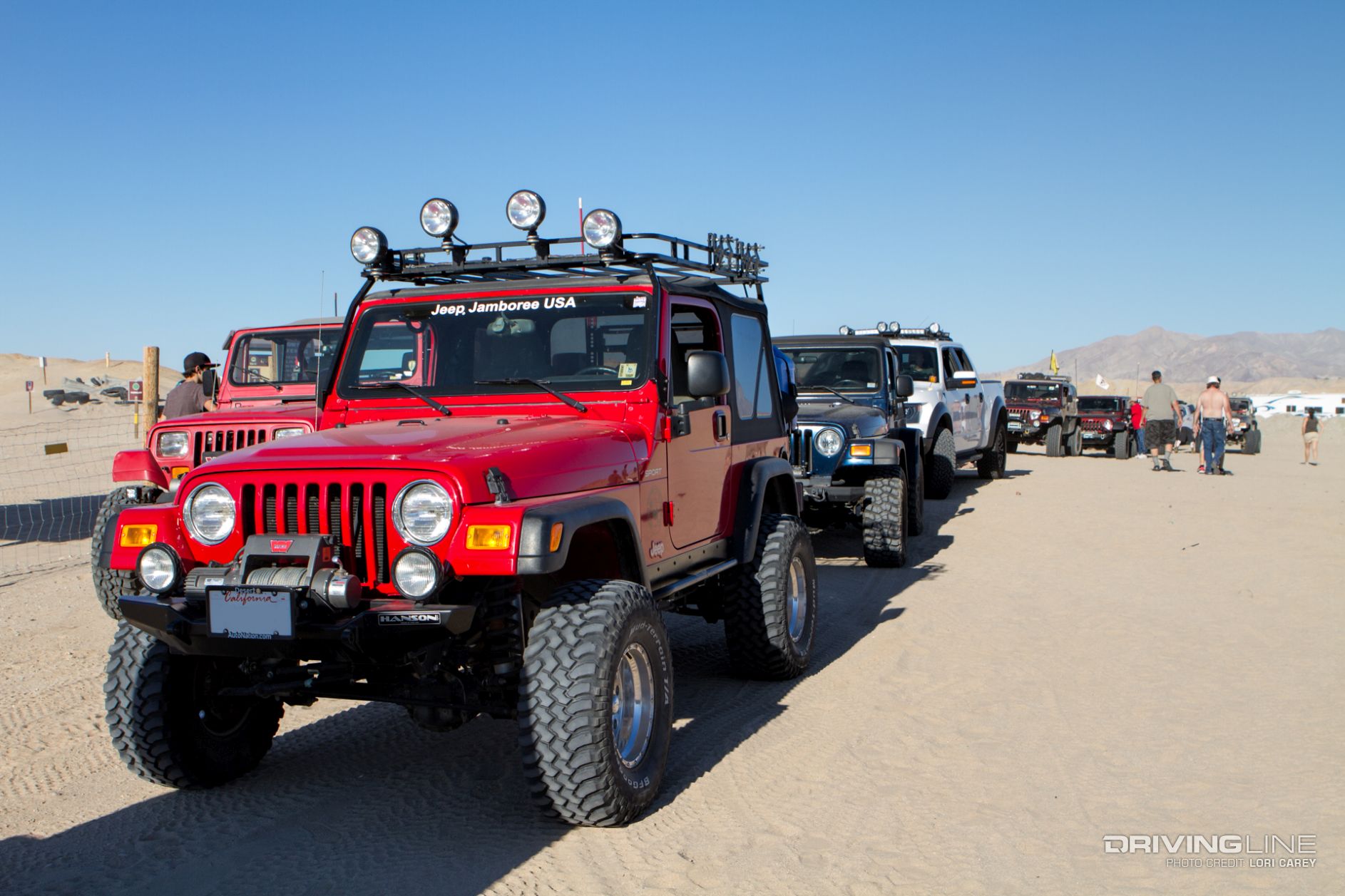

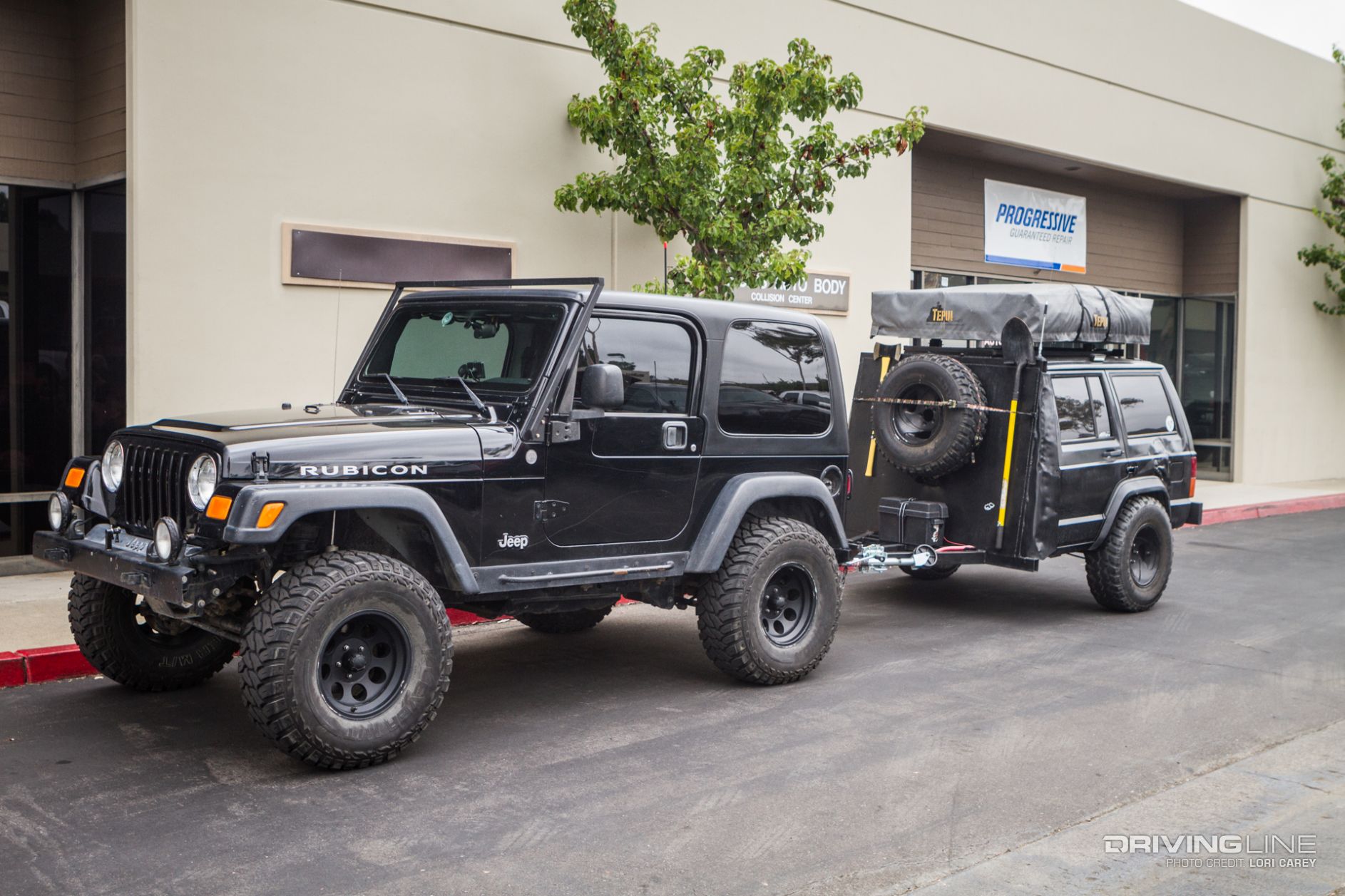
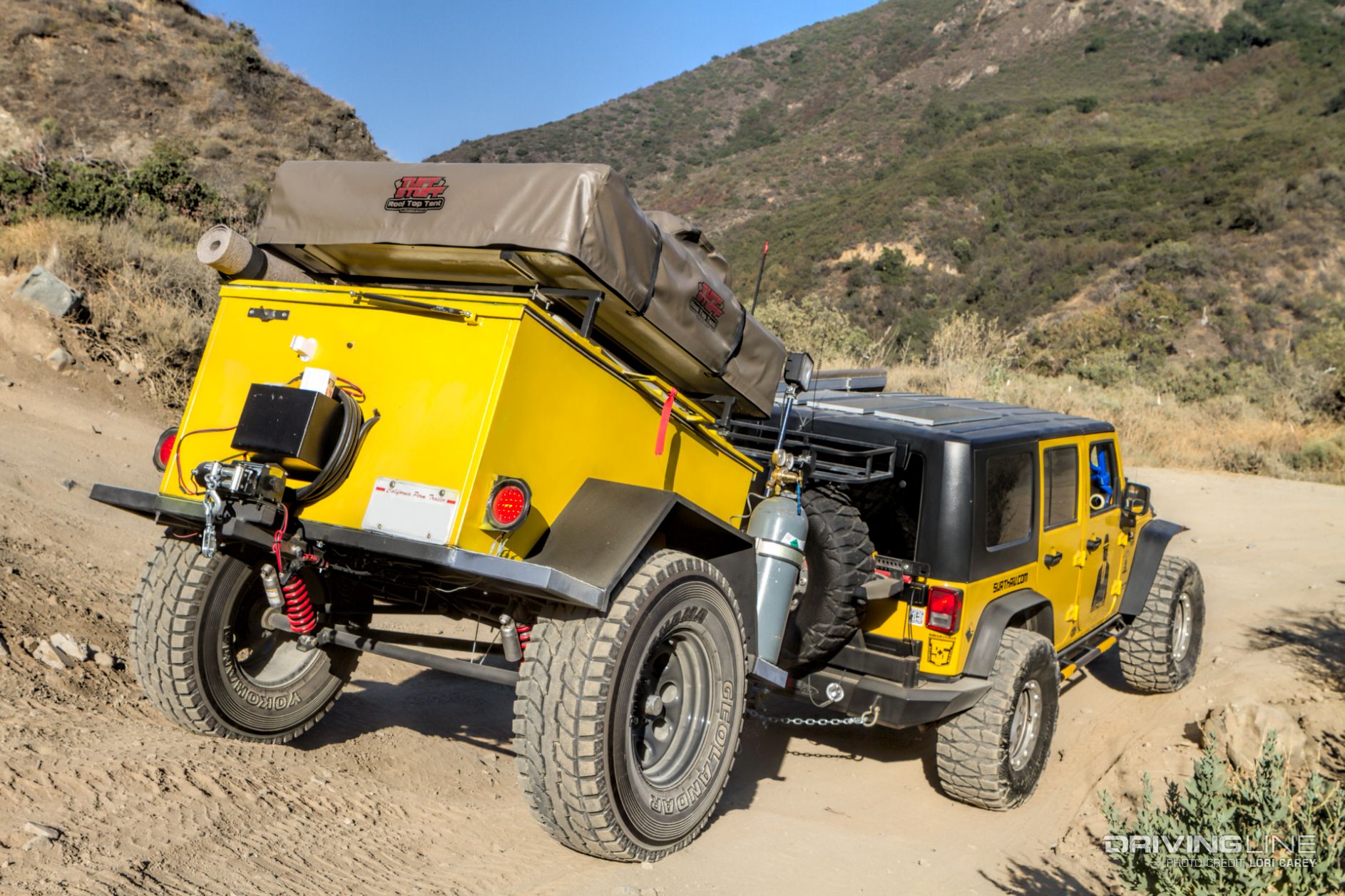
















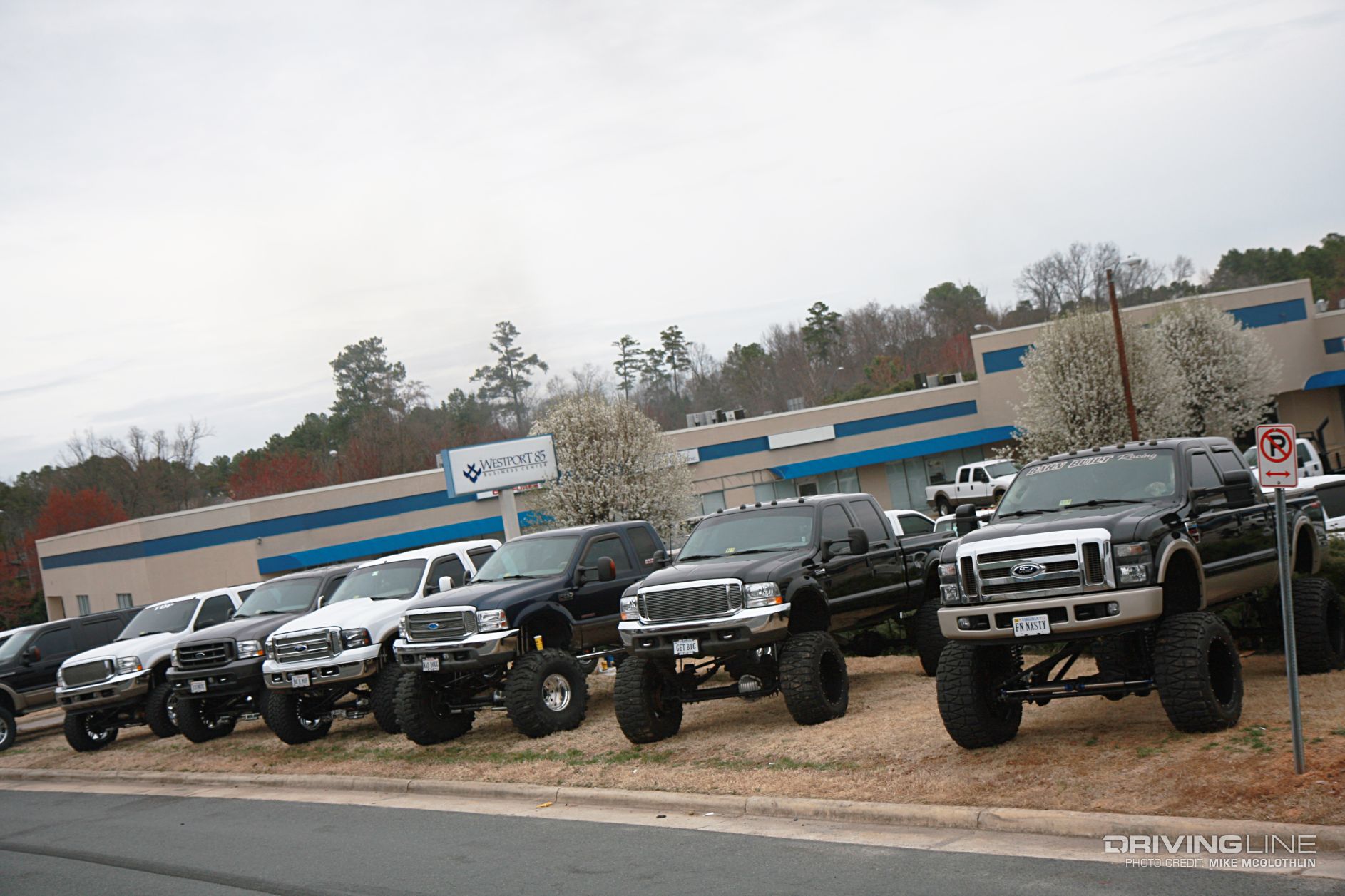
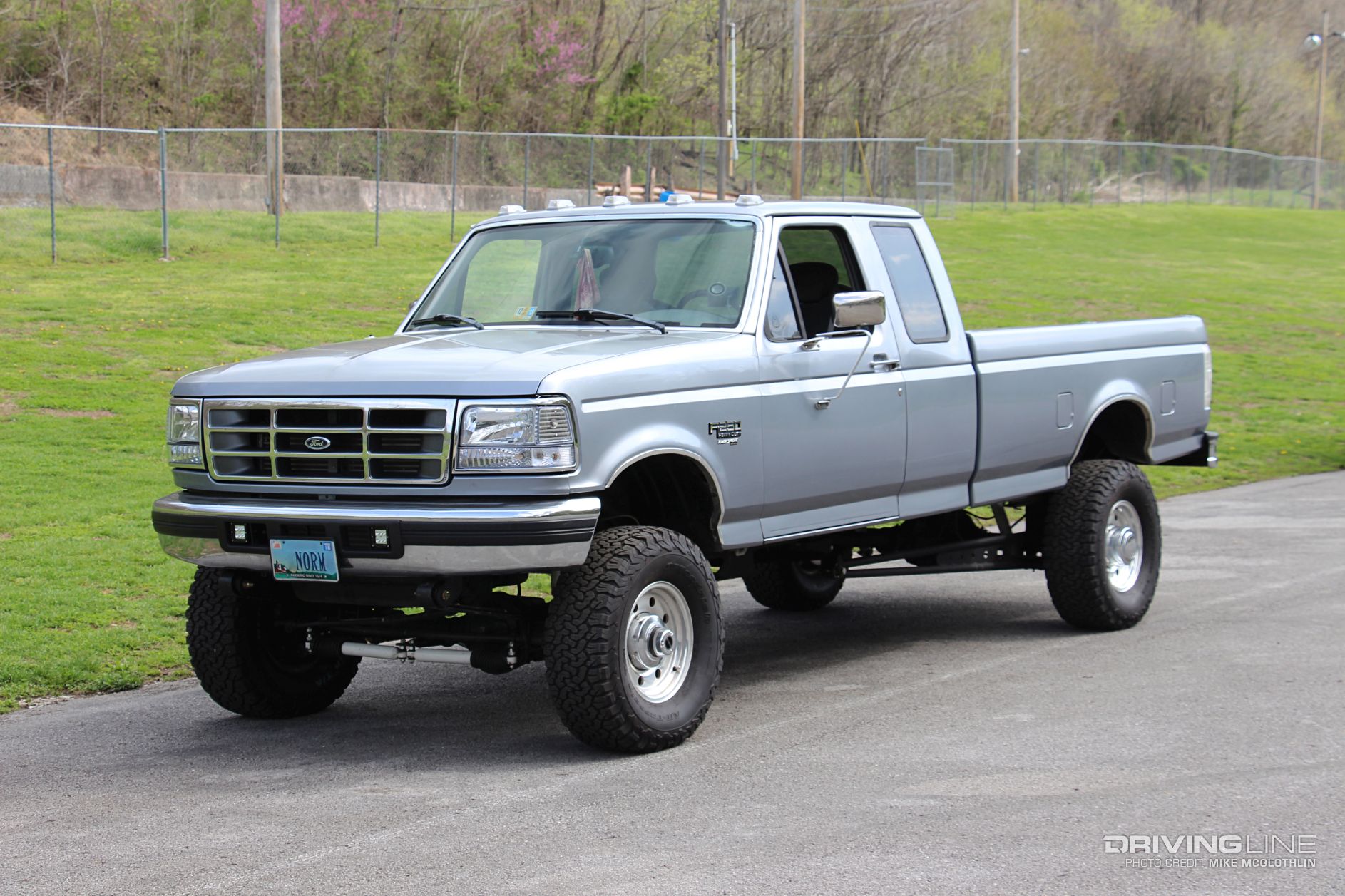
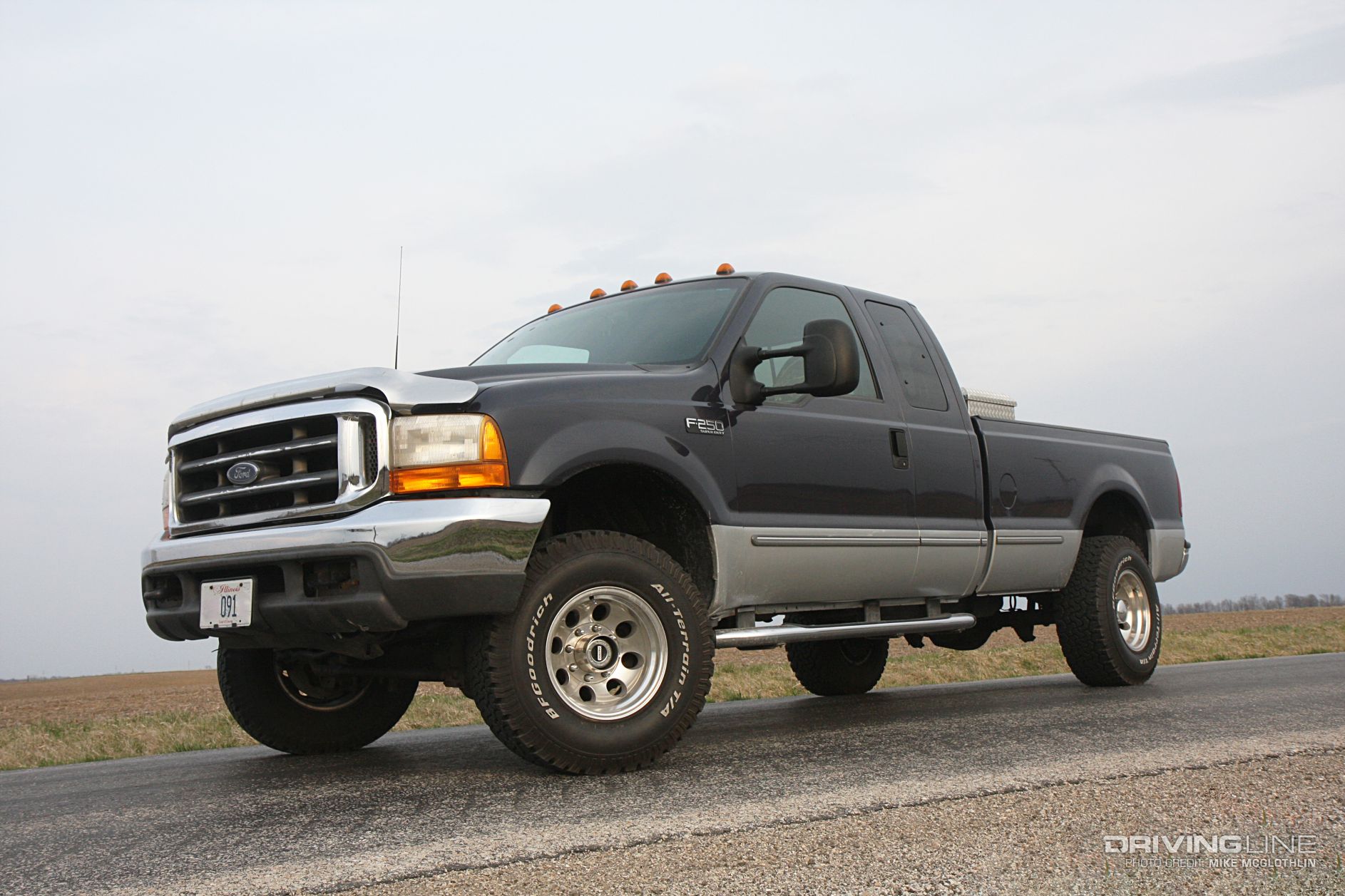
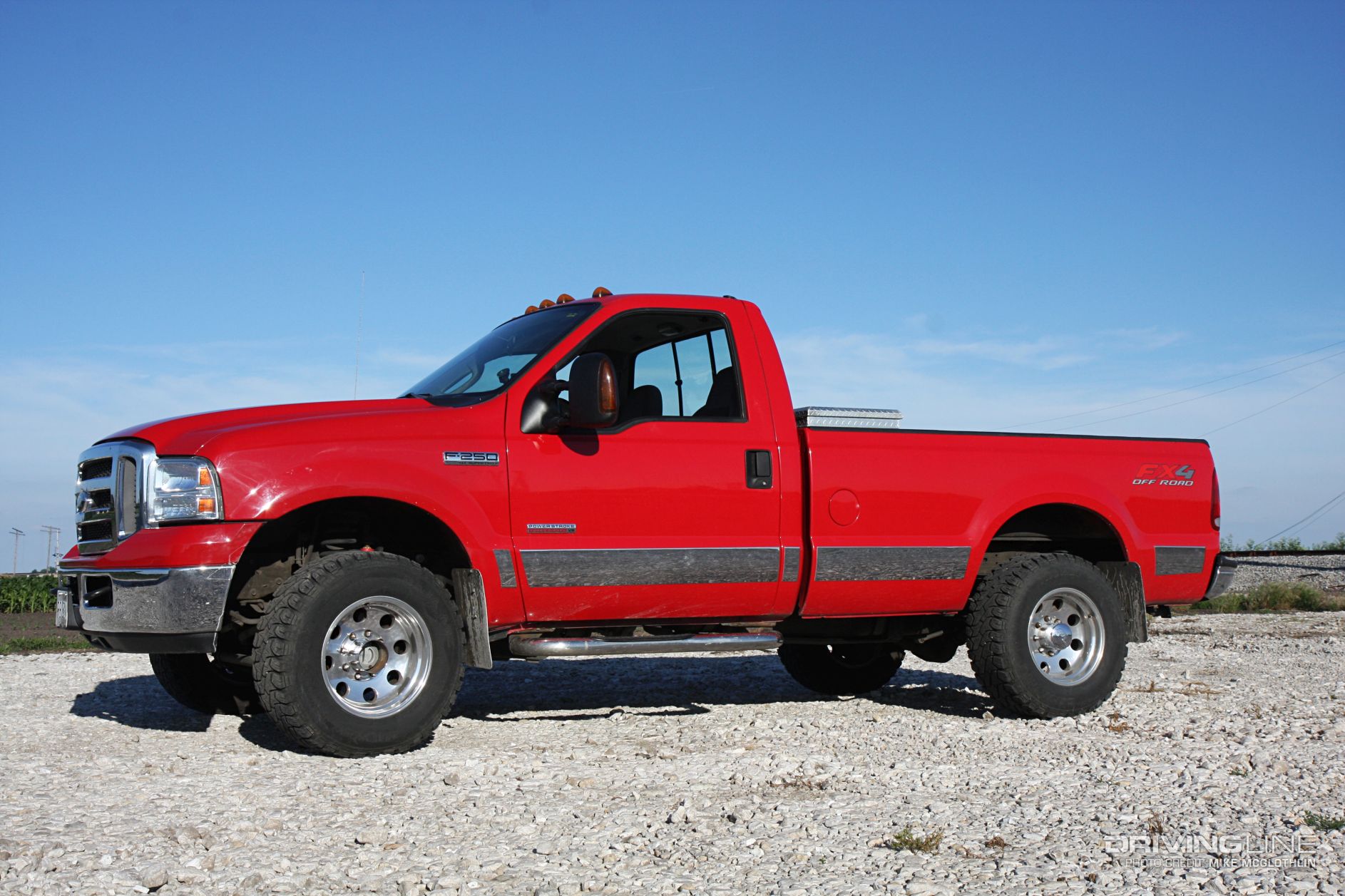

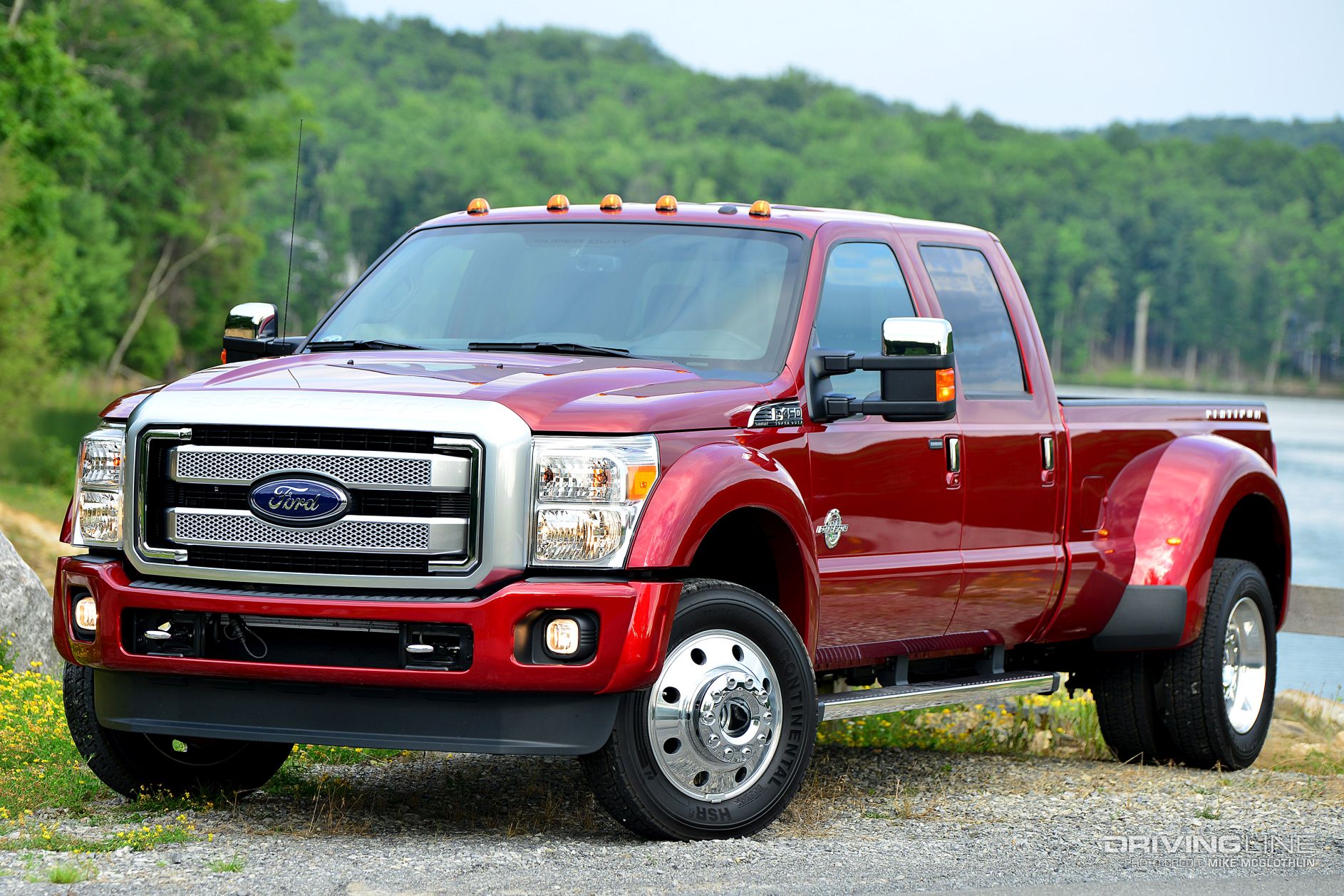


















 (photo:RAM)
(photo:RAM) 
 (photo:GM)
(photo:GM) 